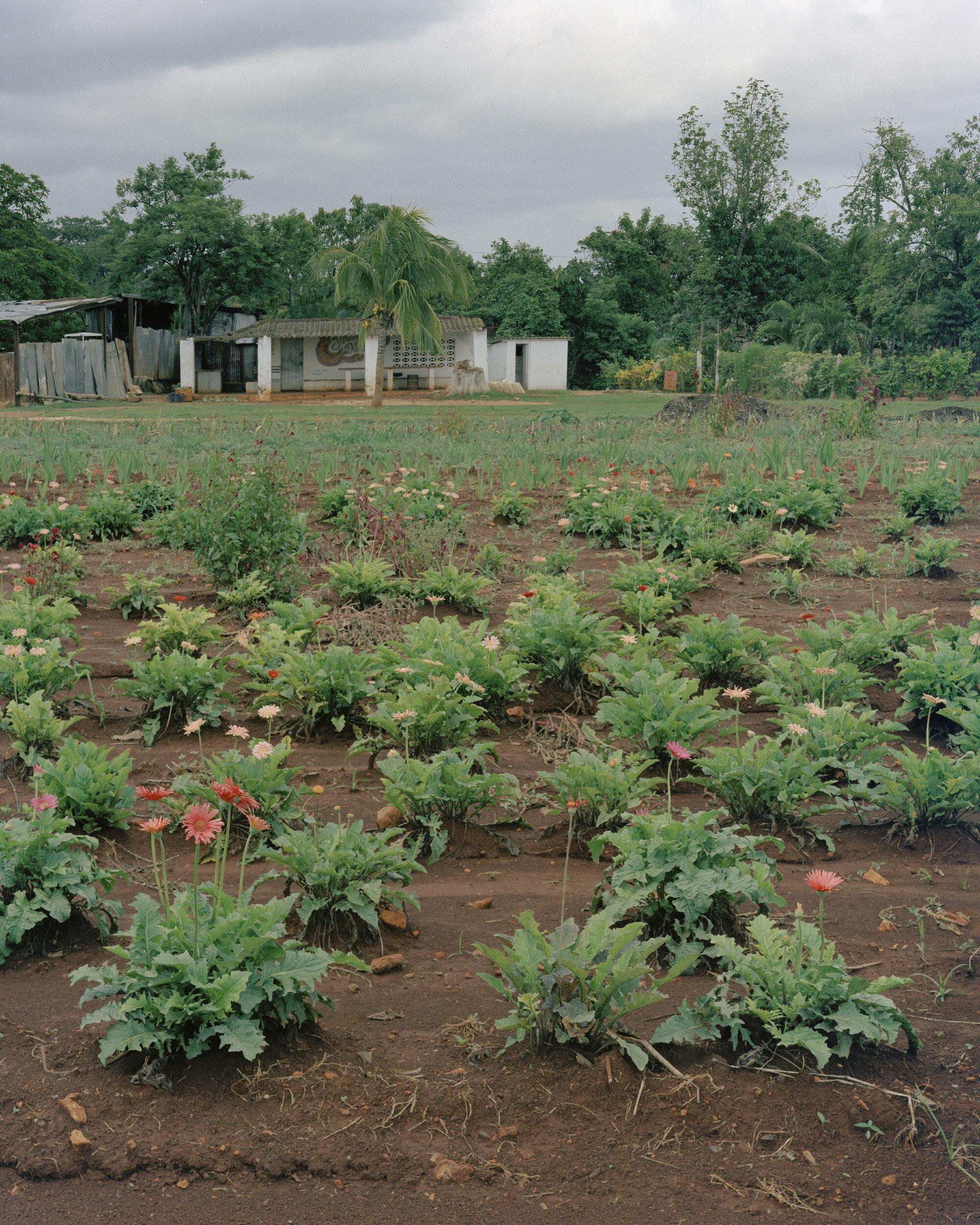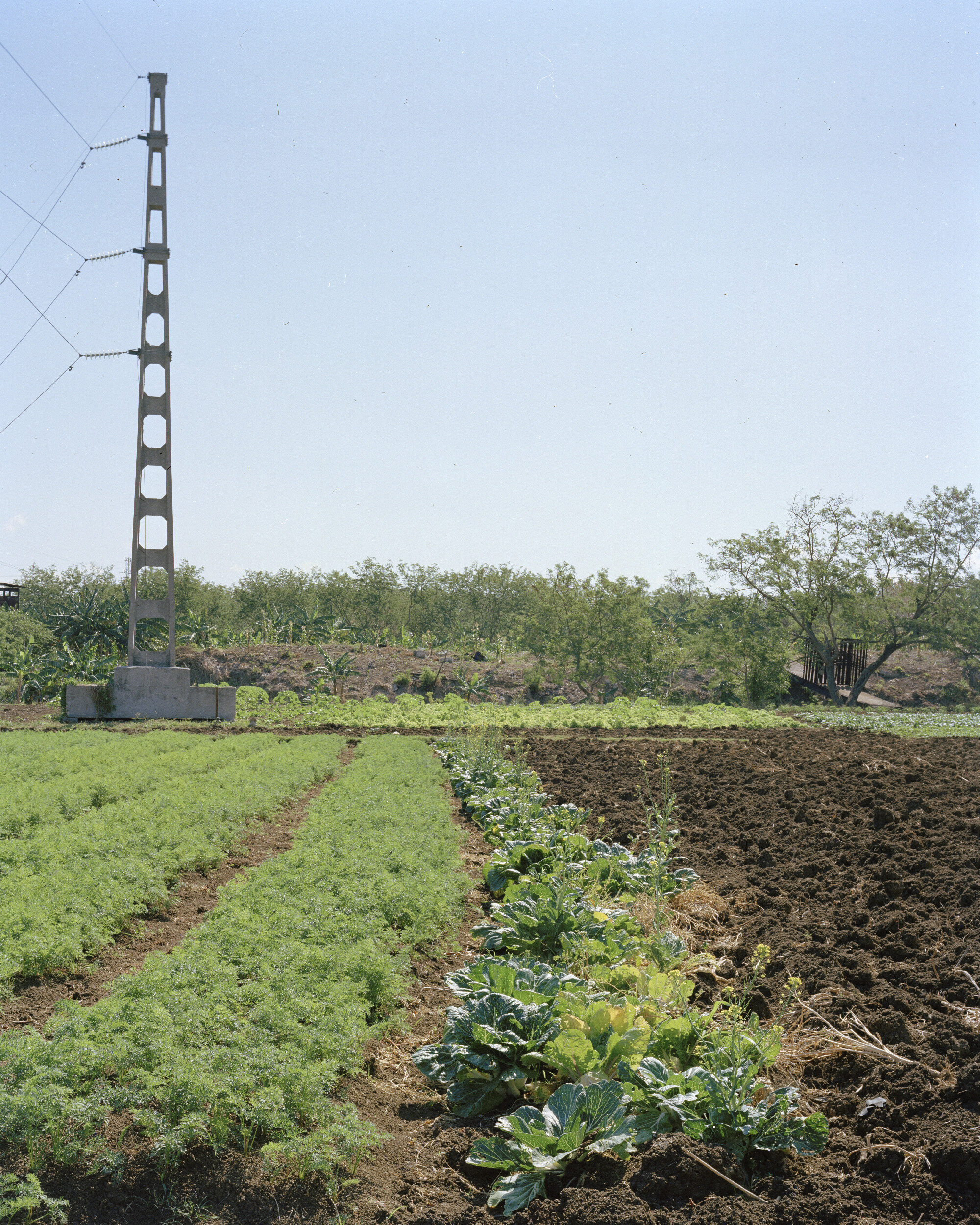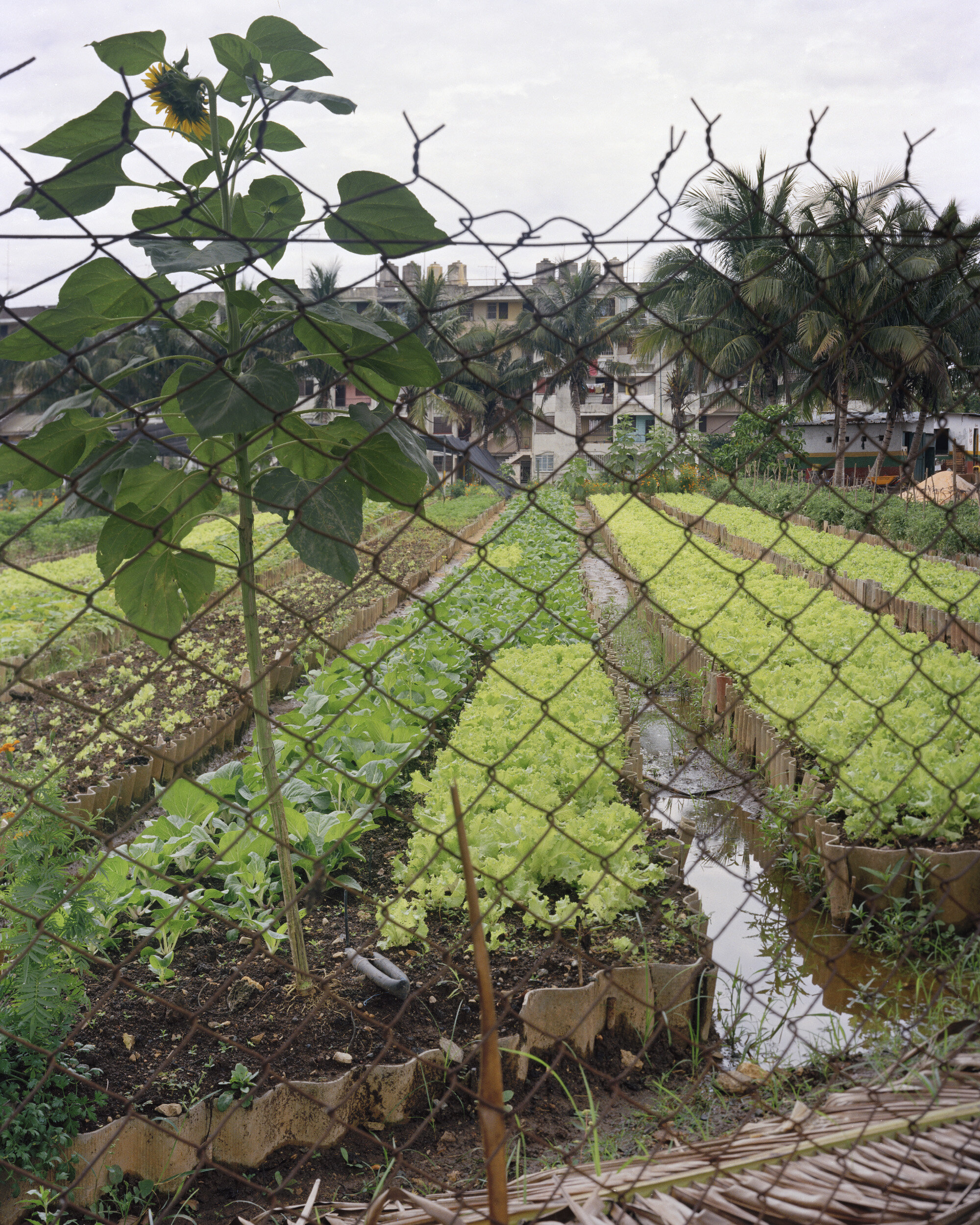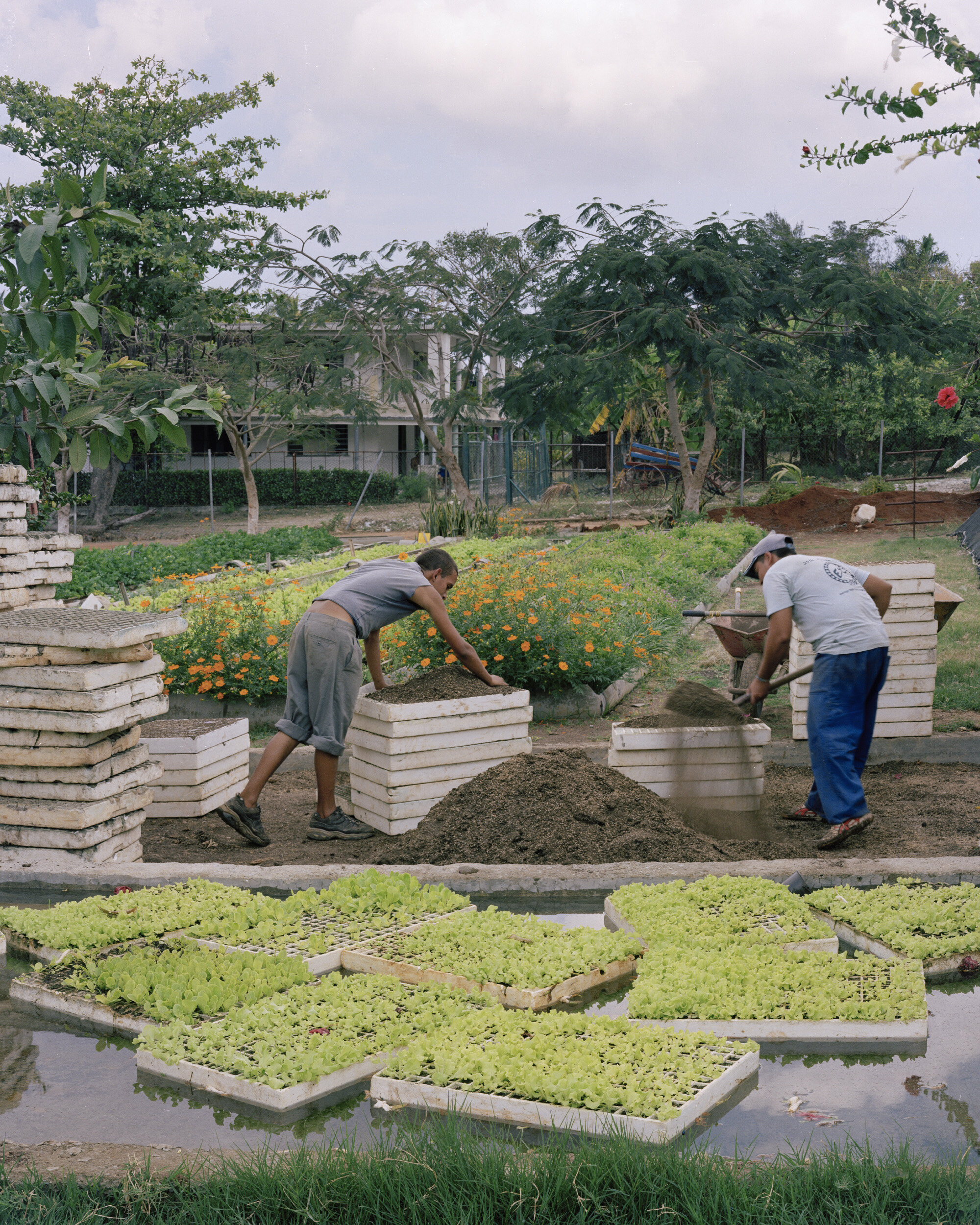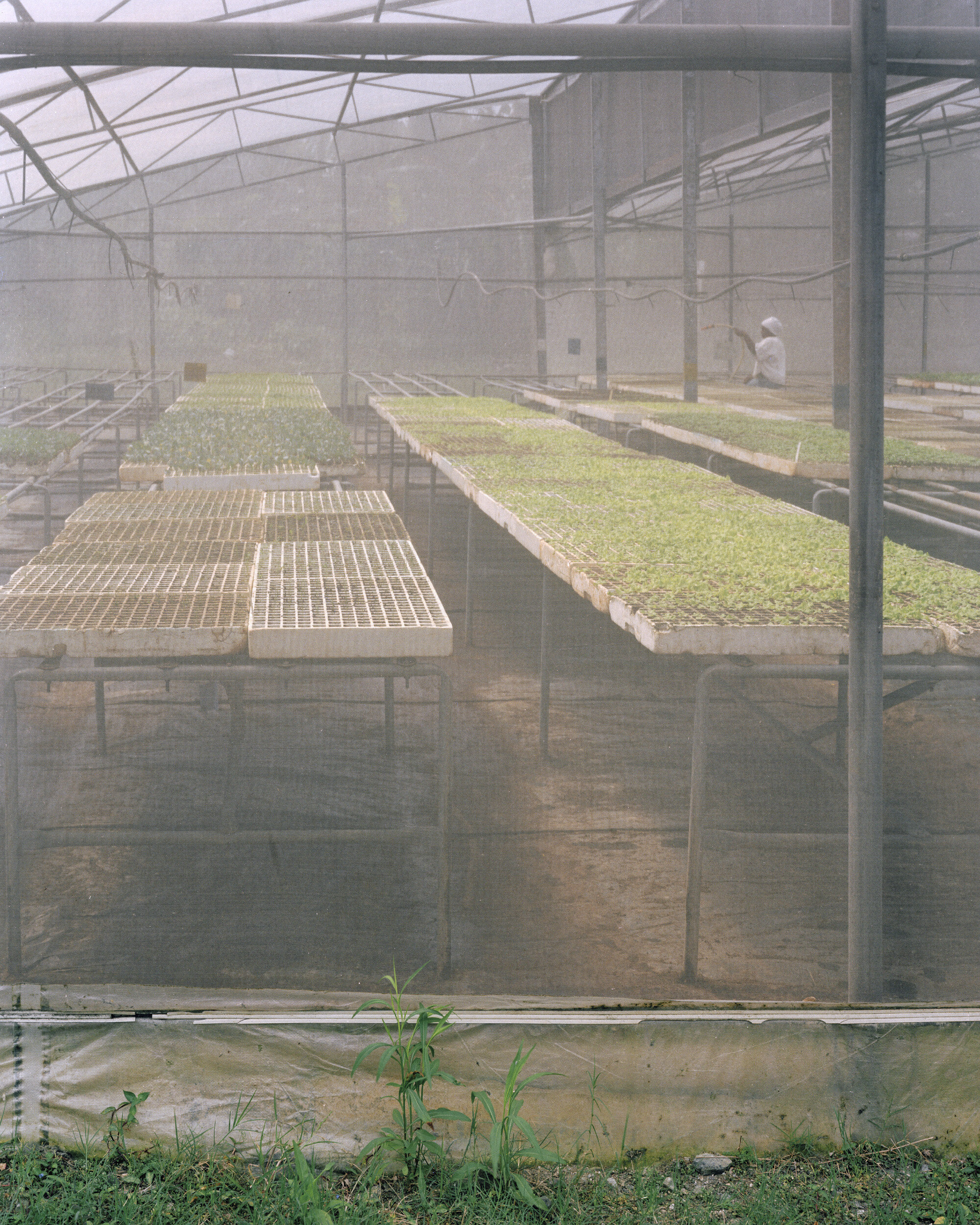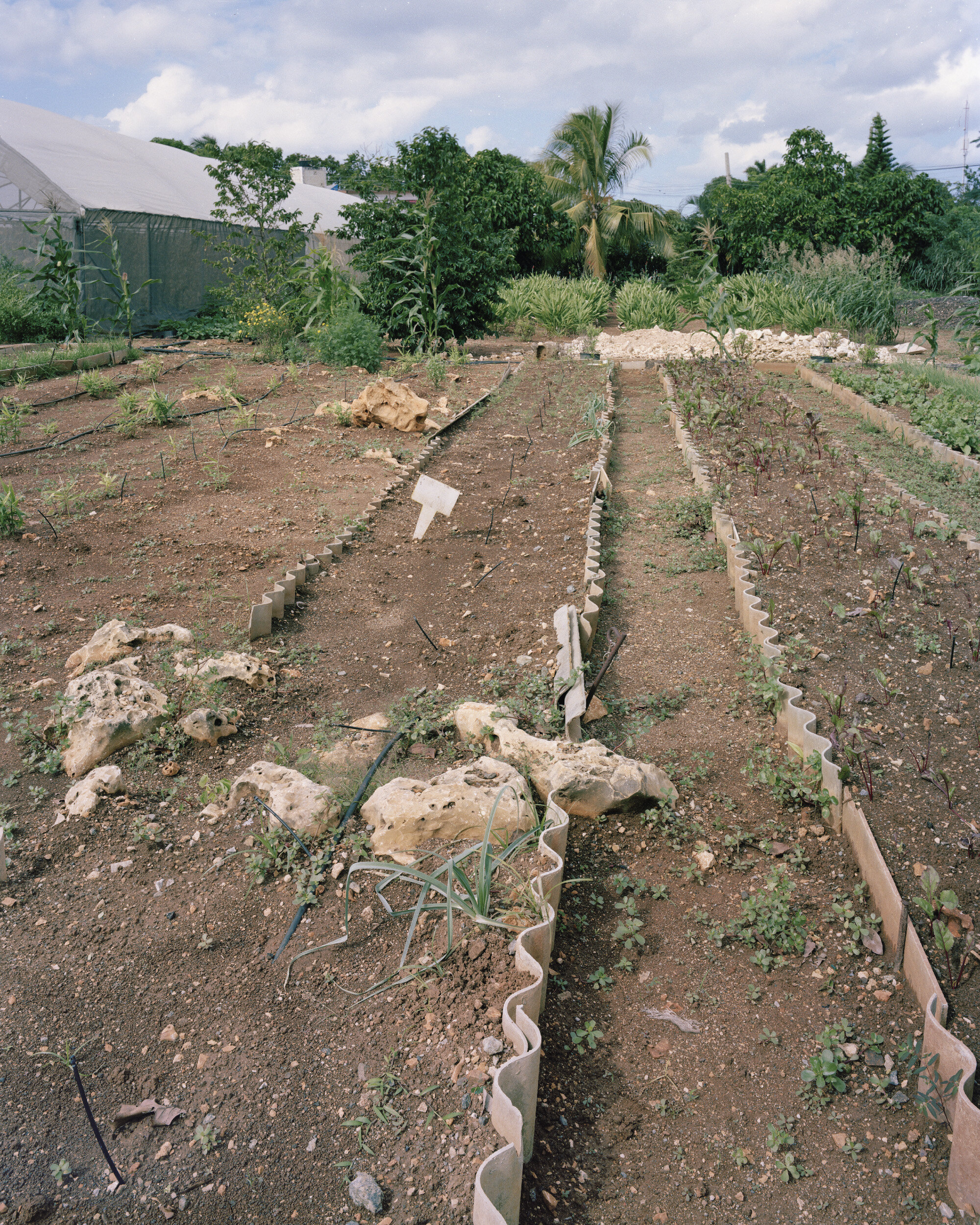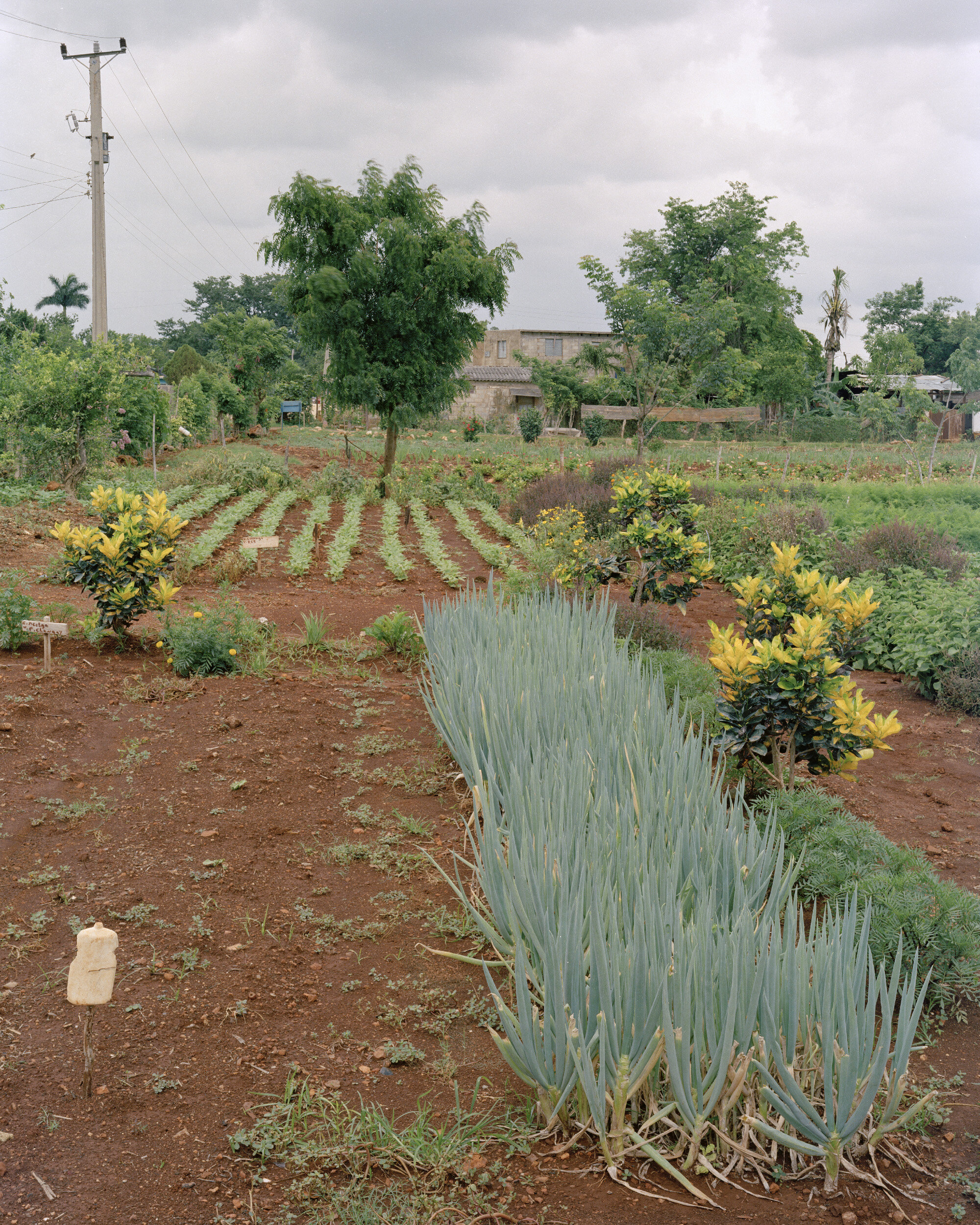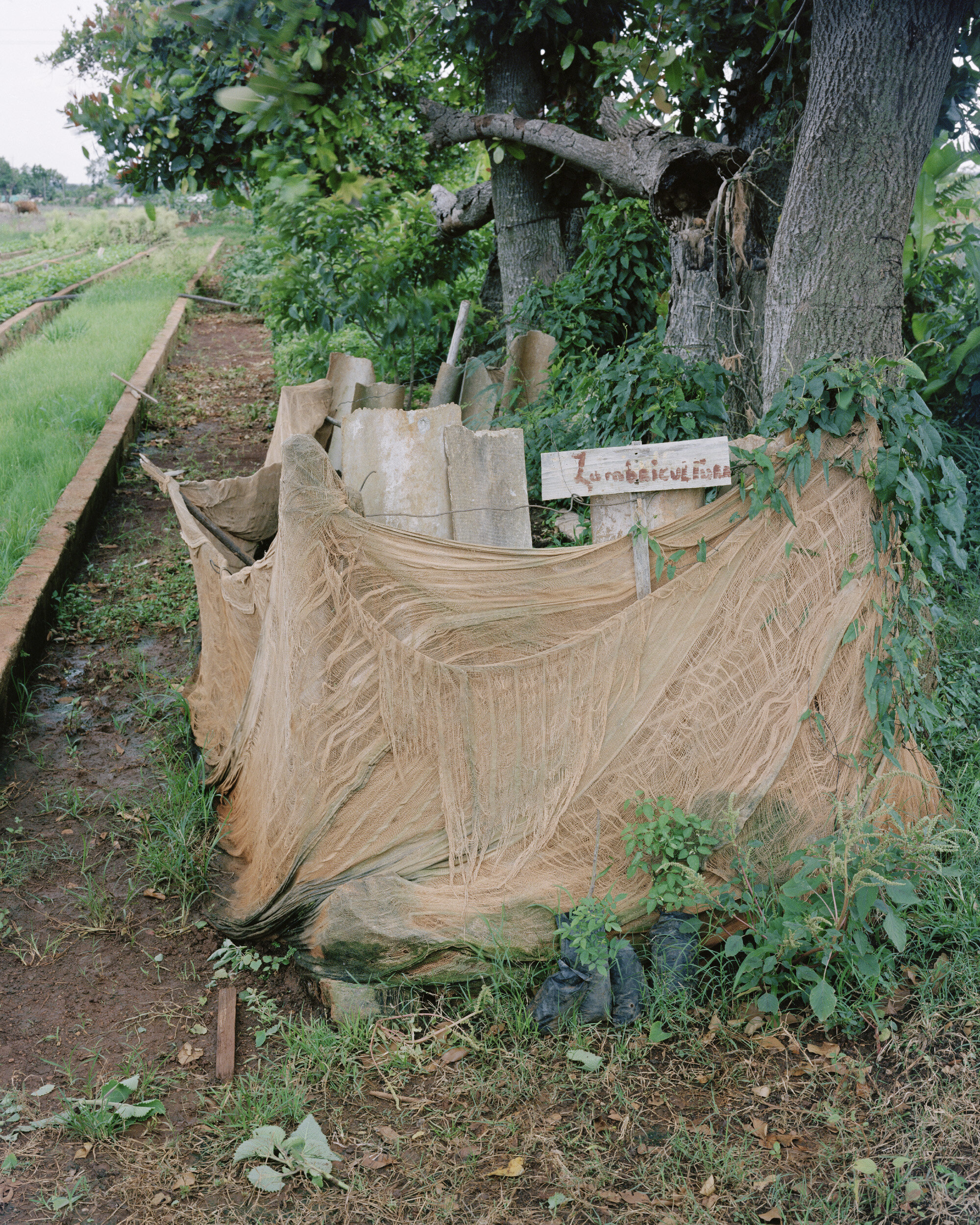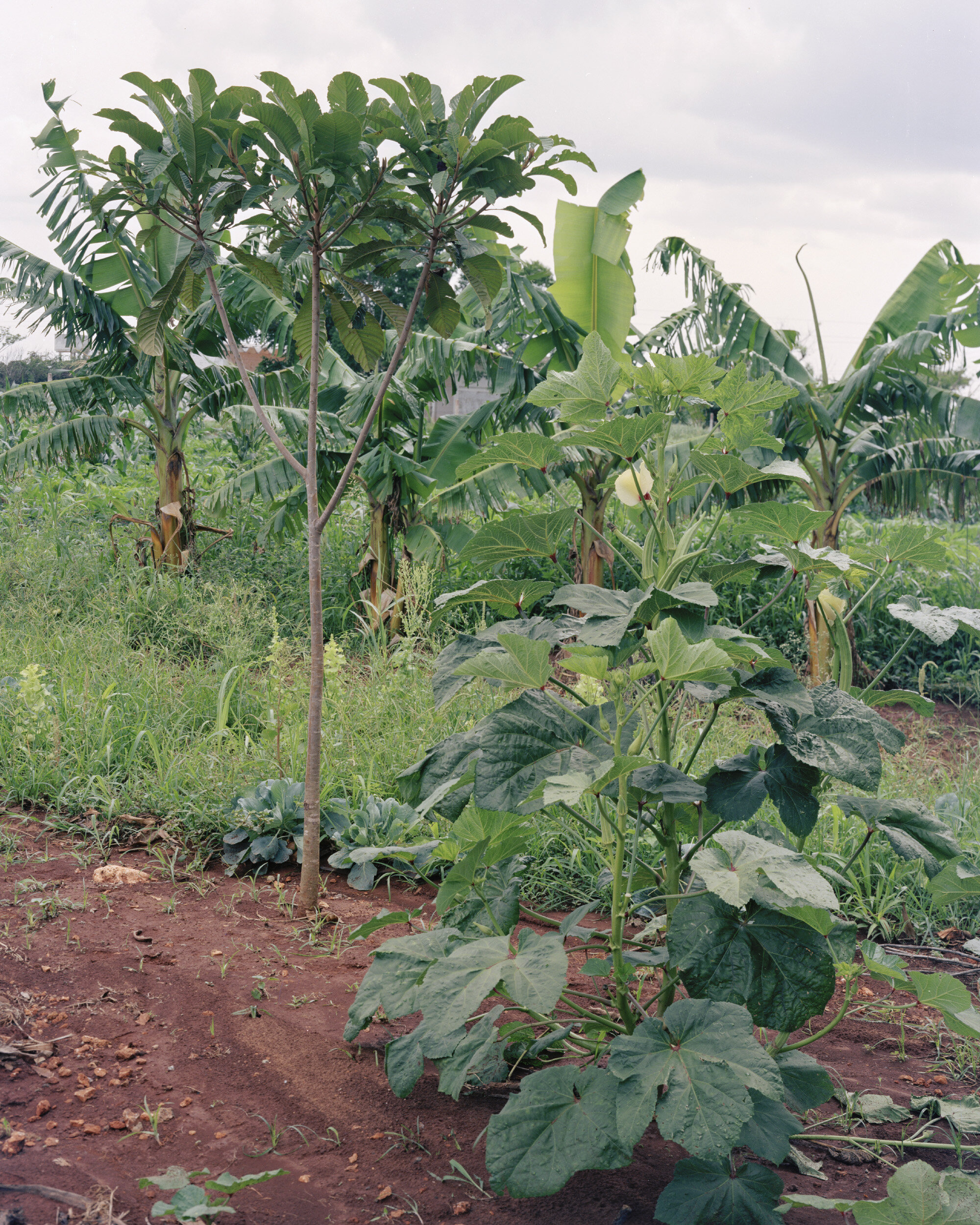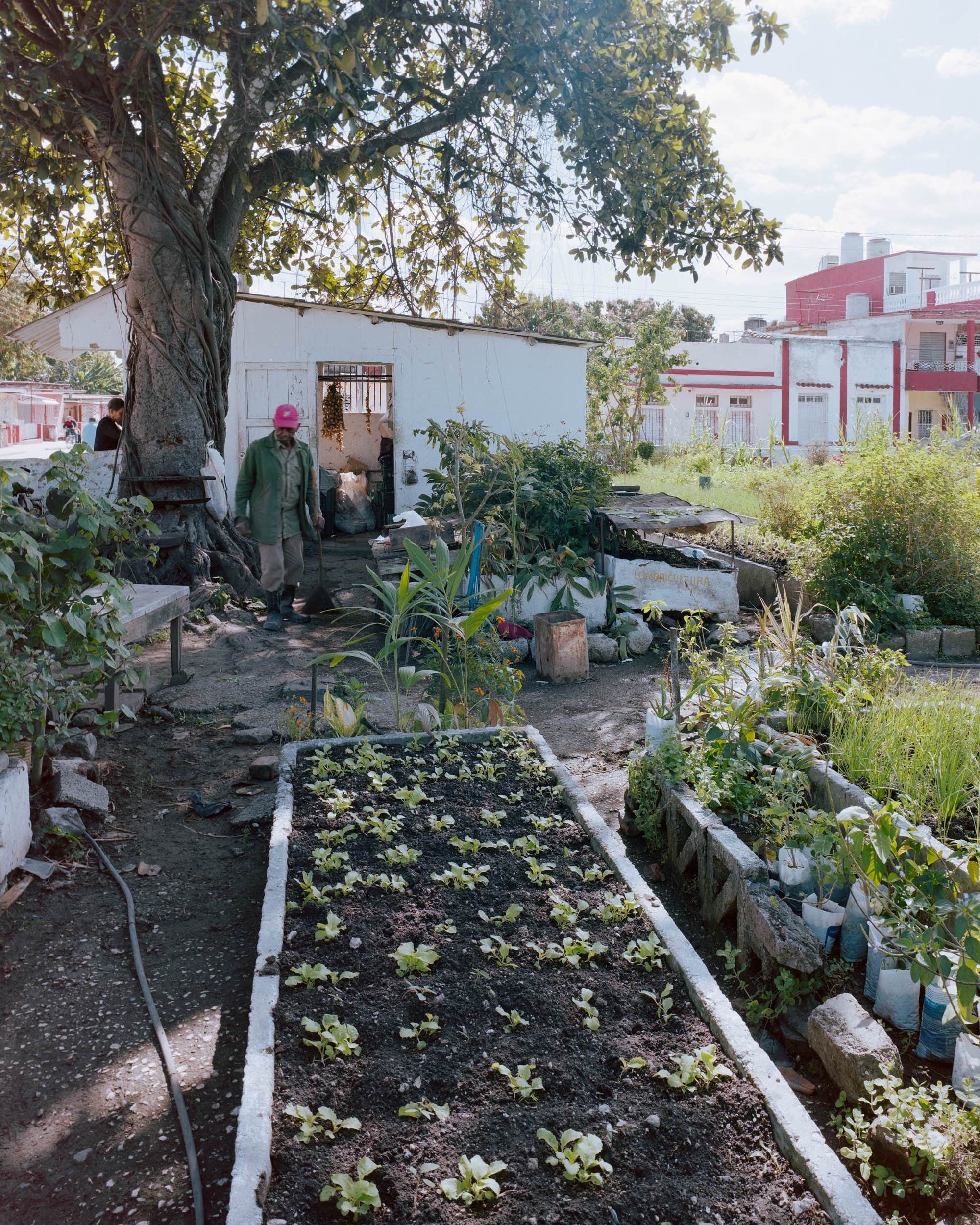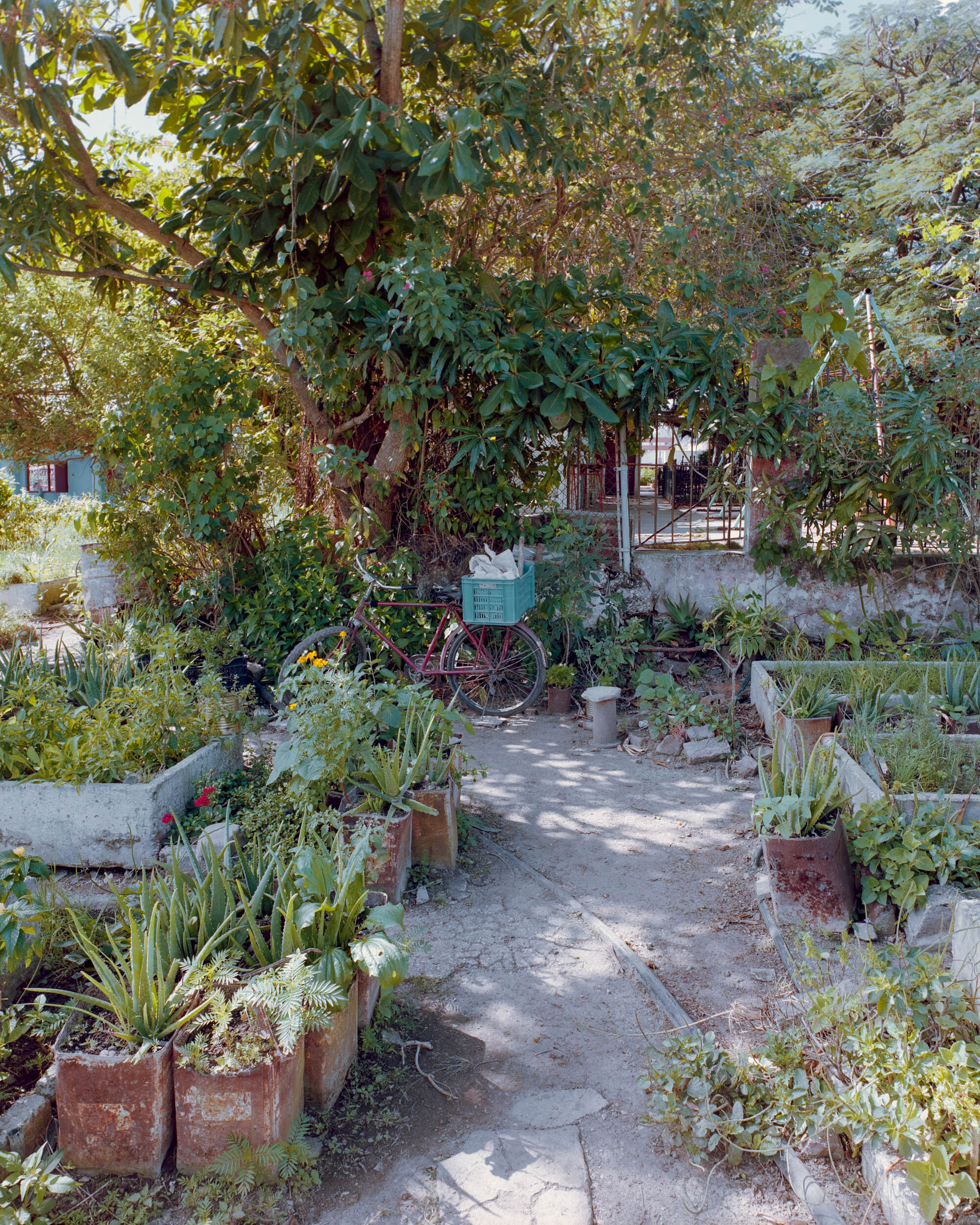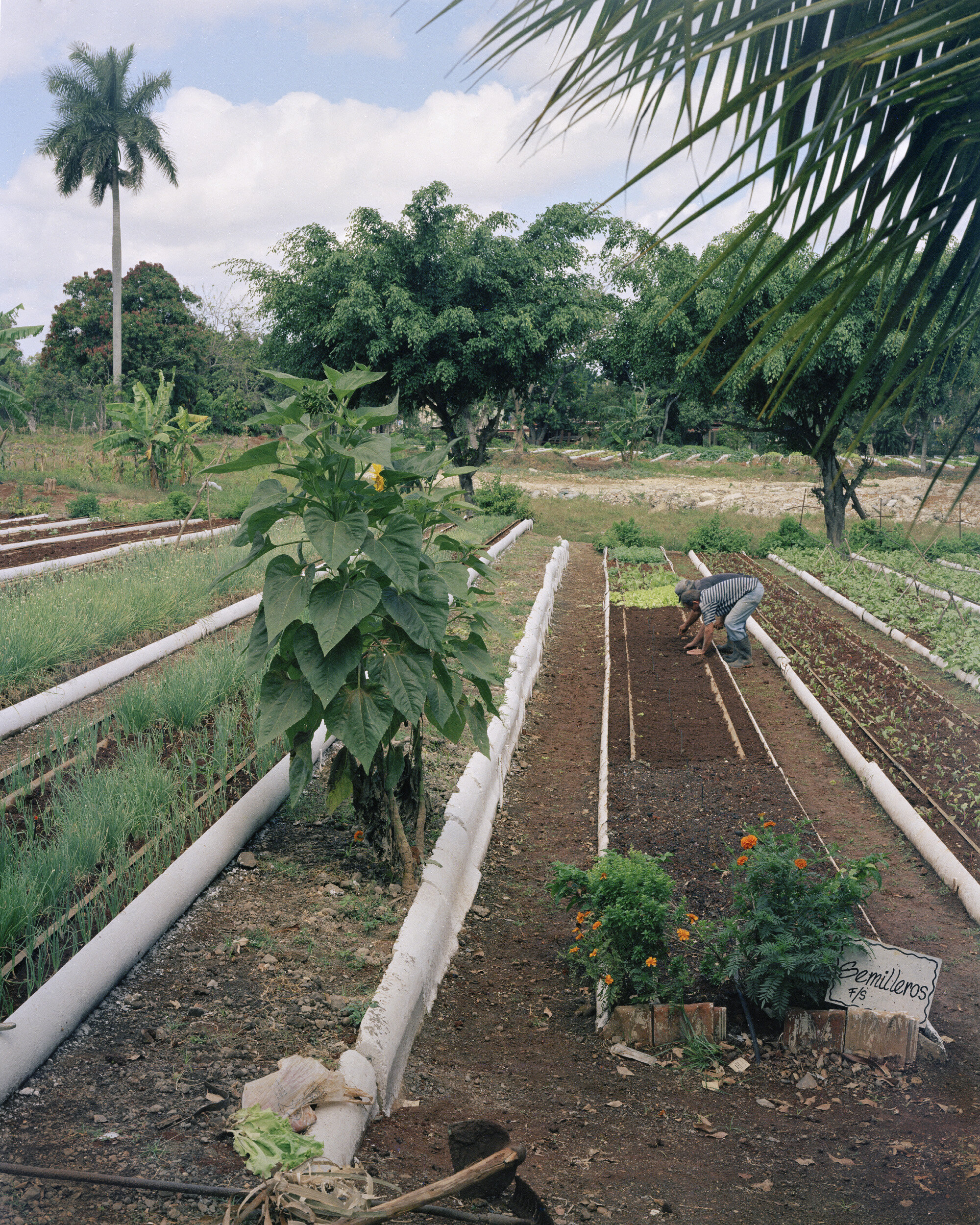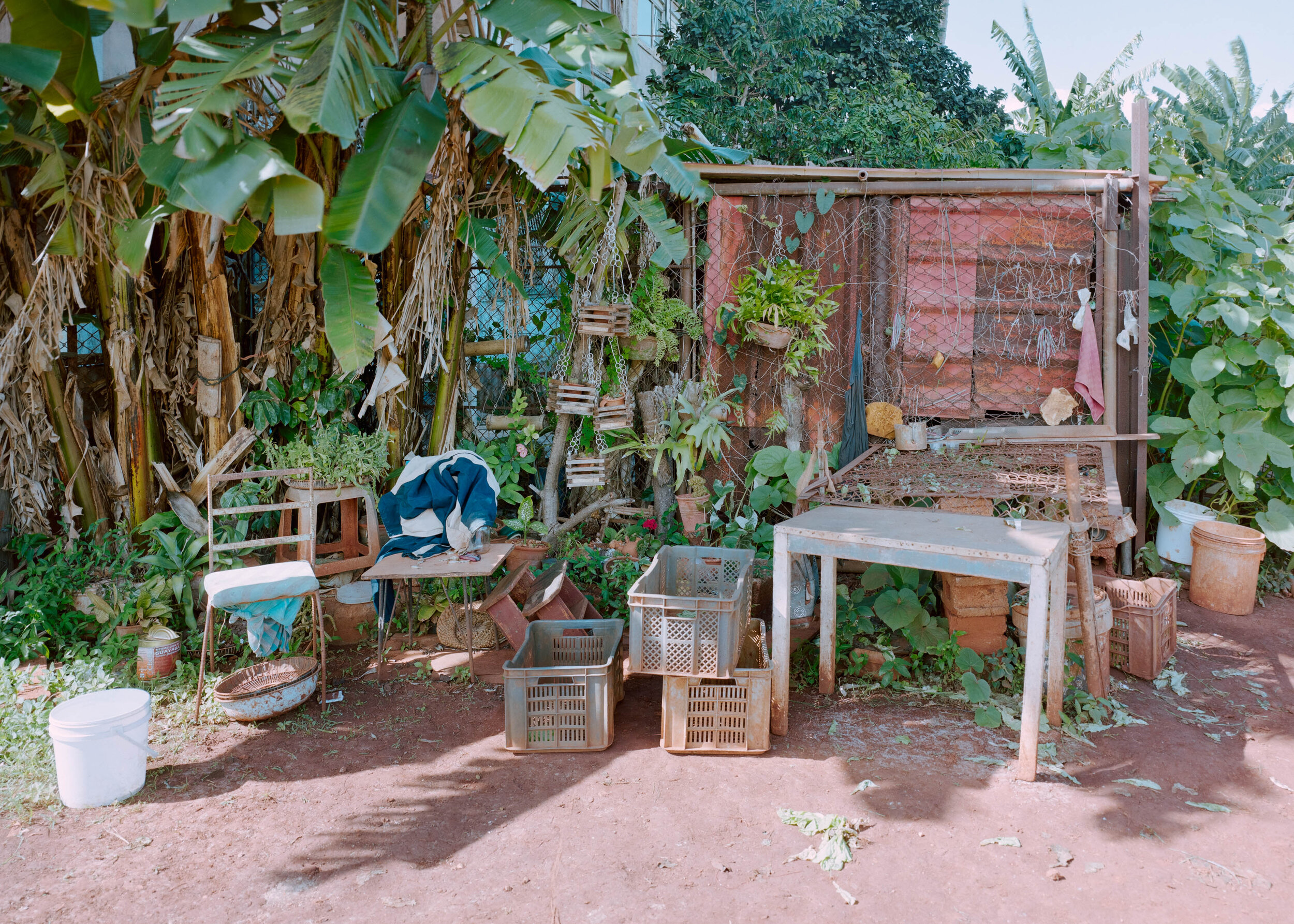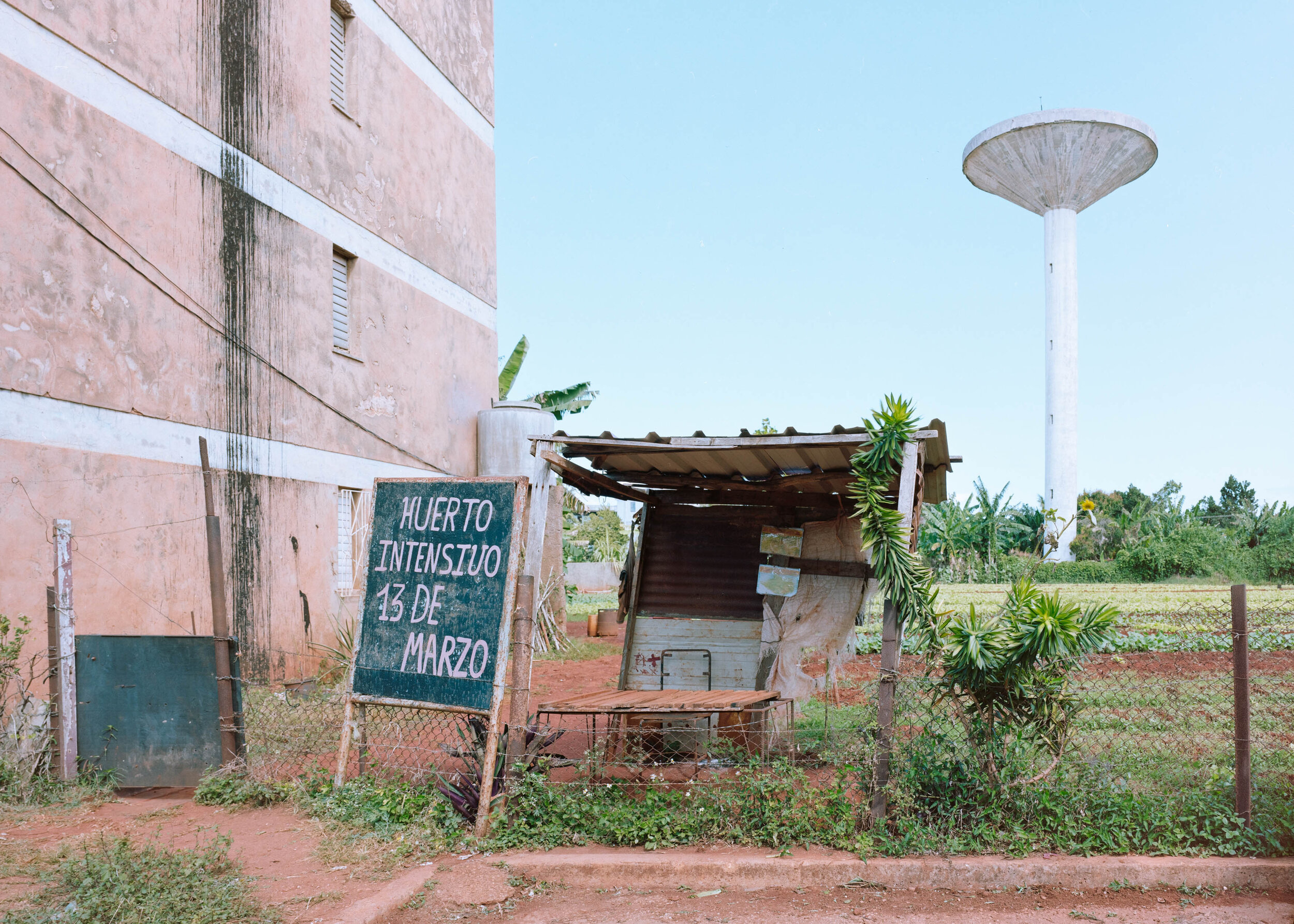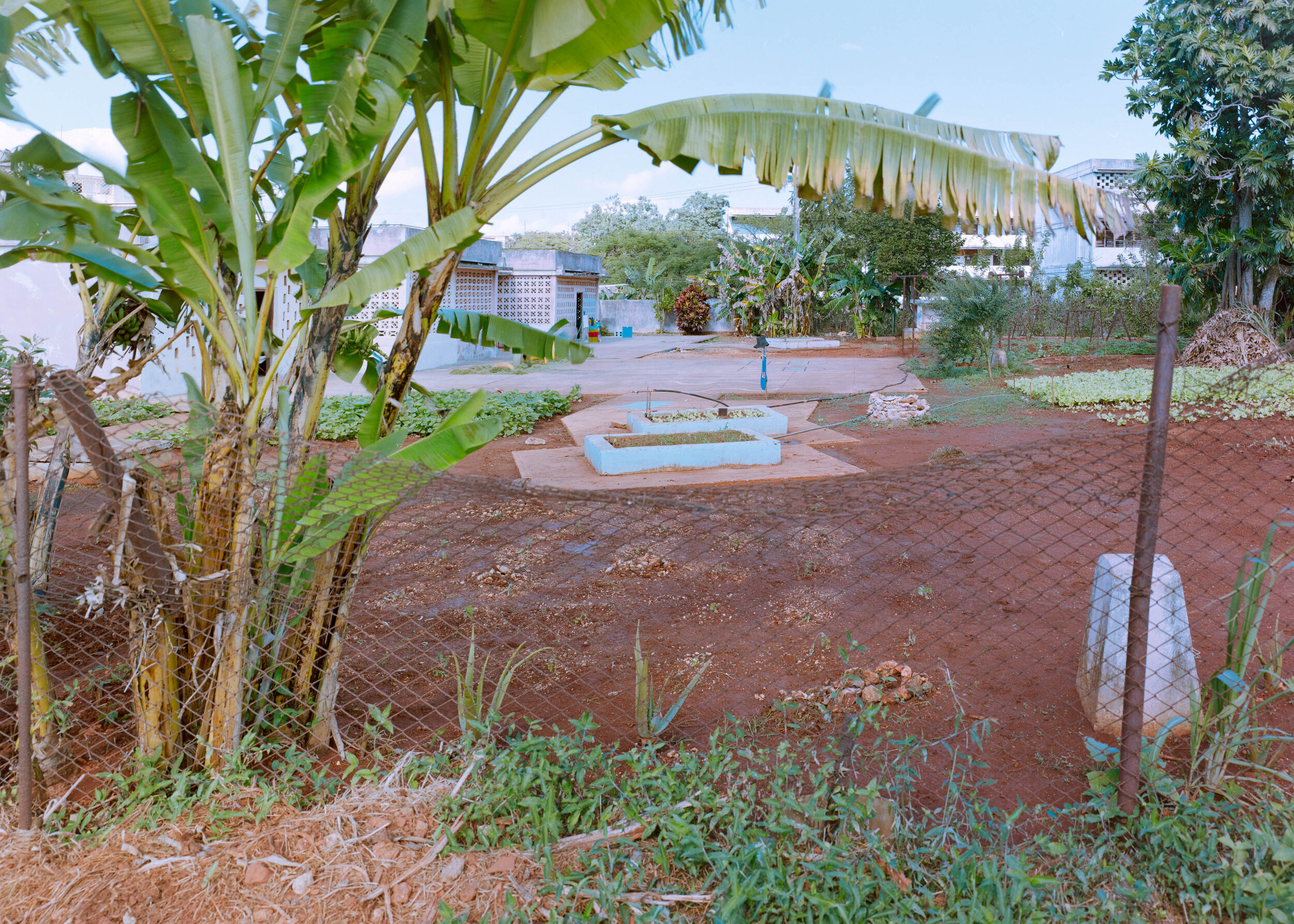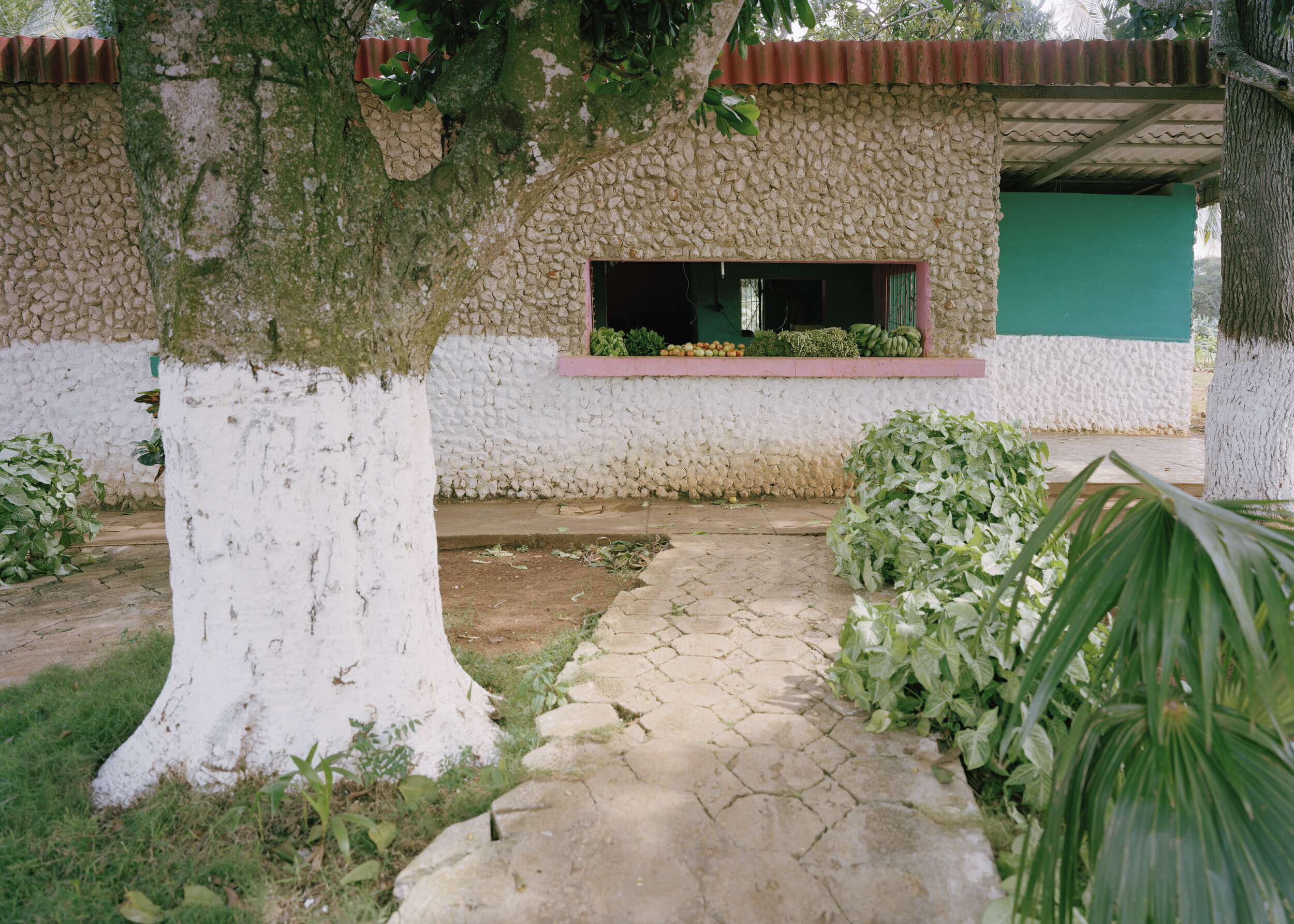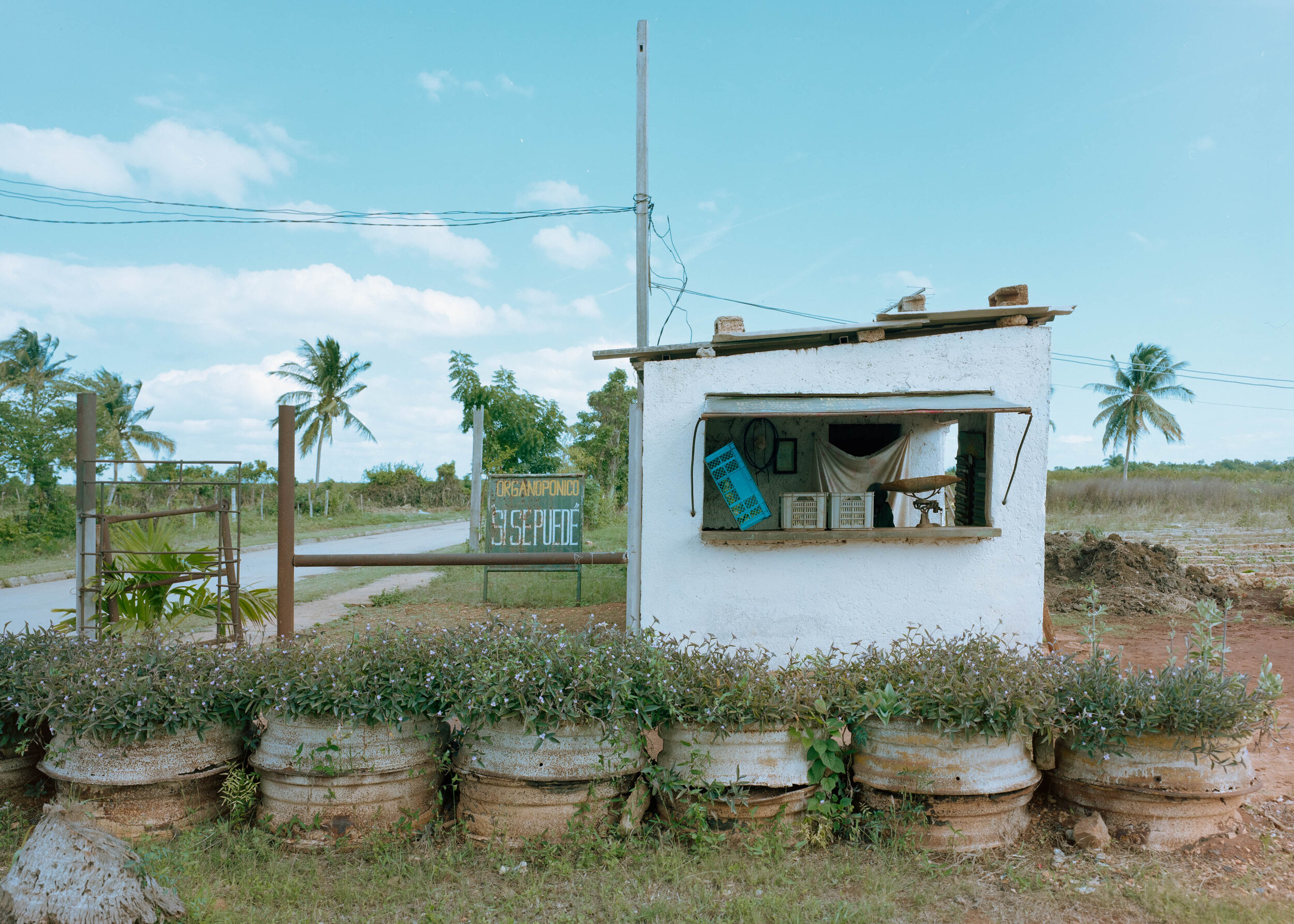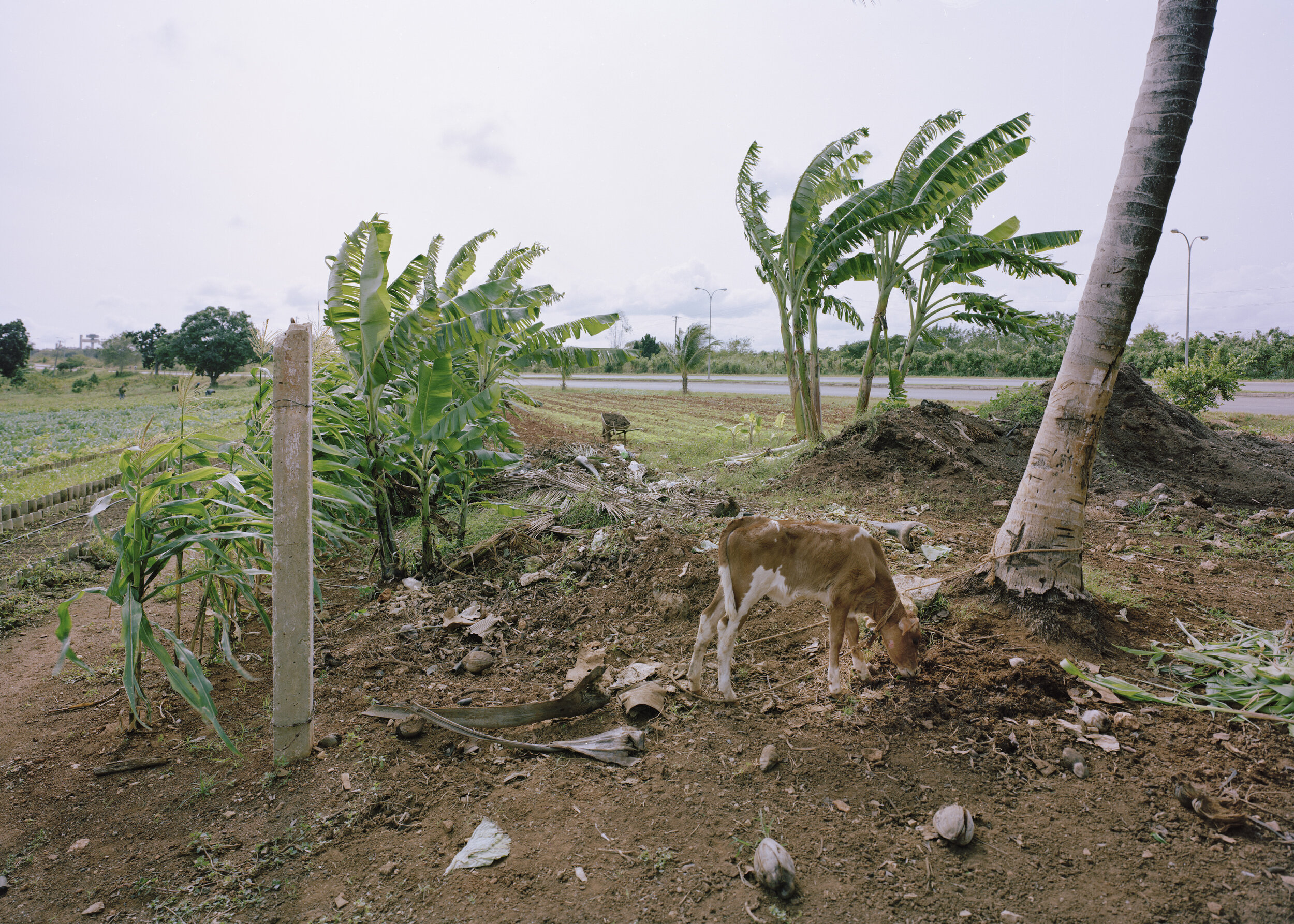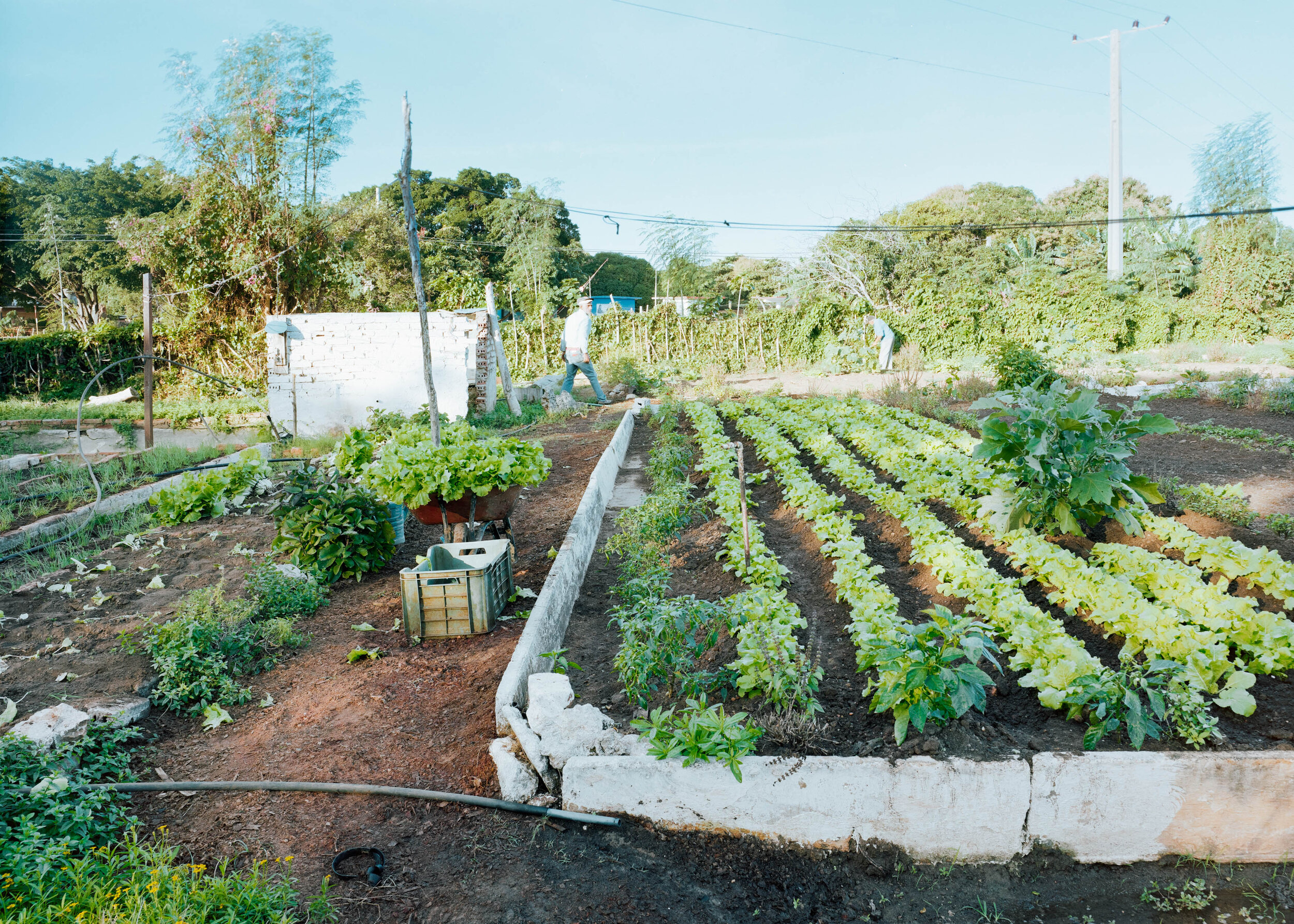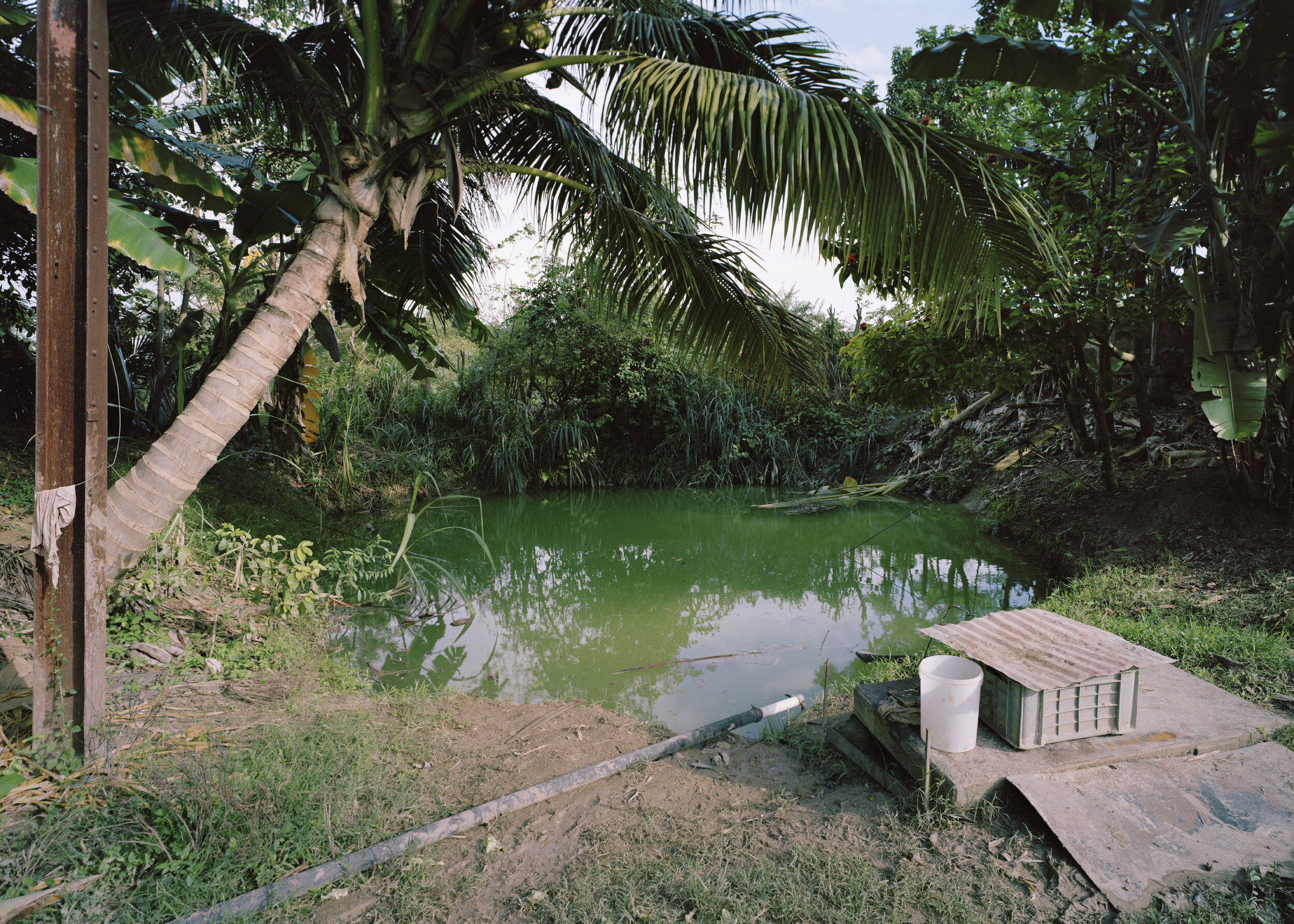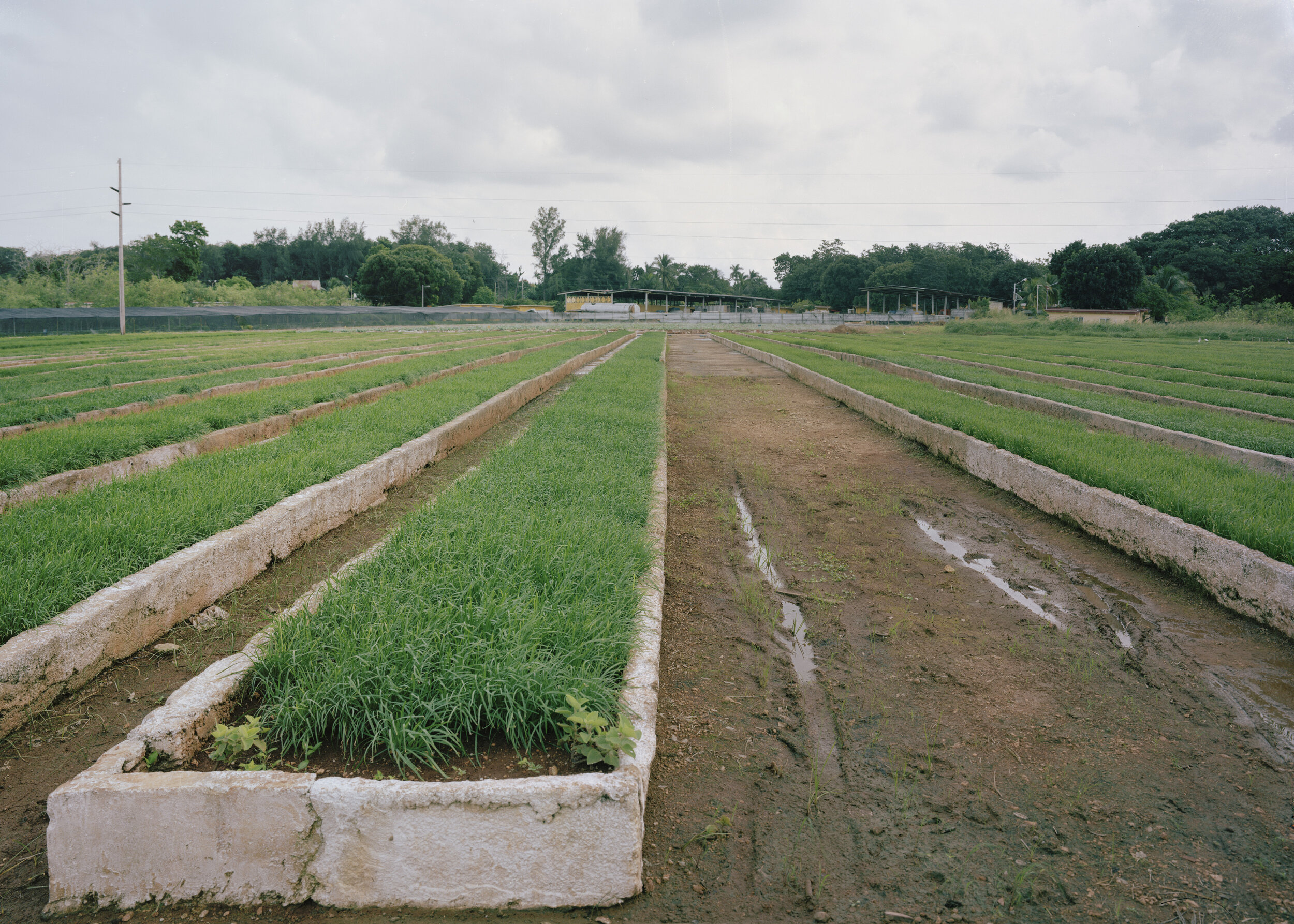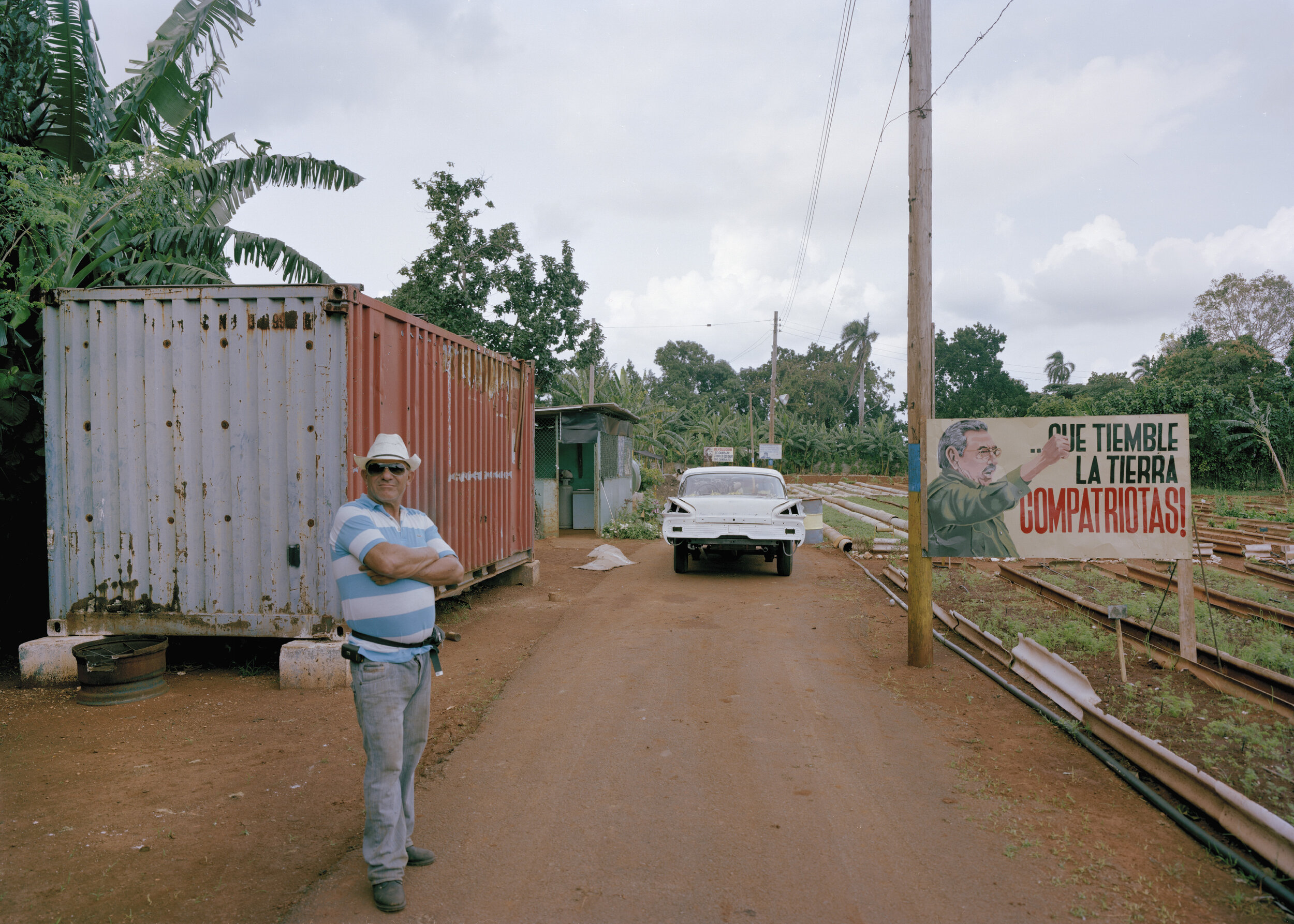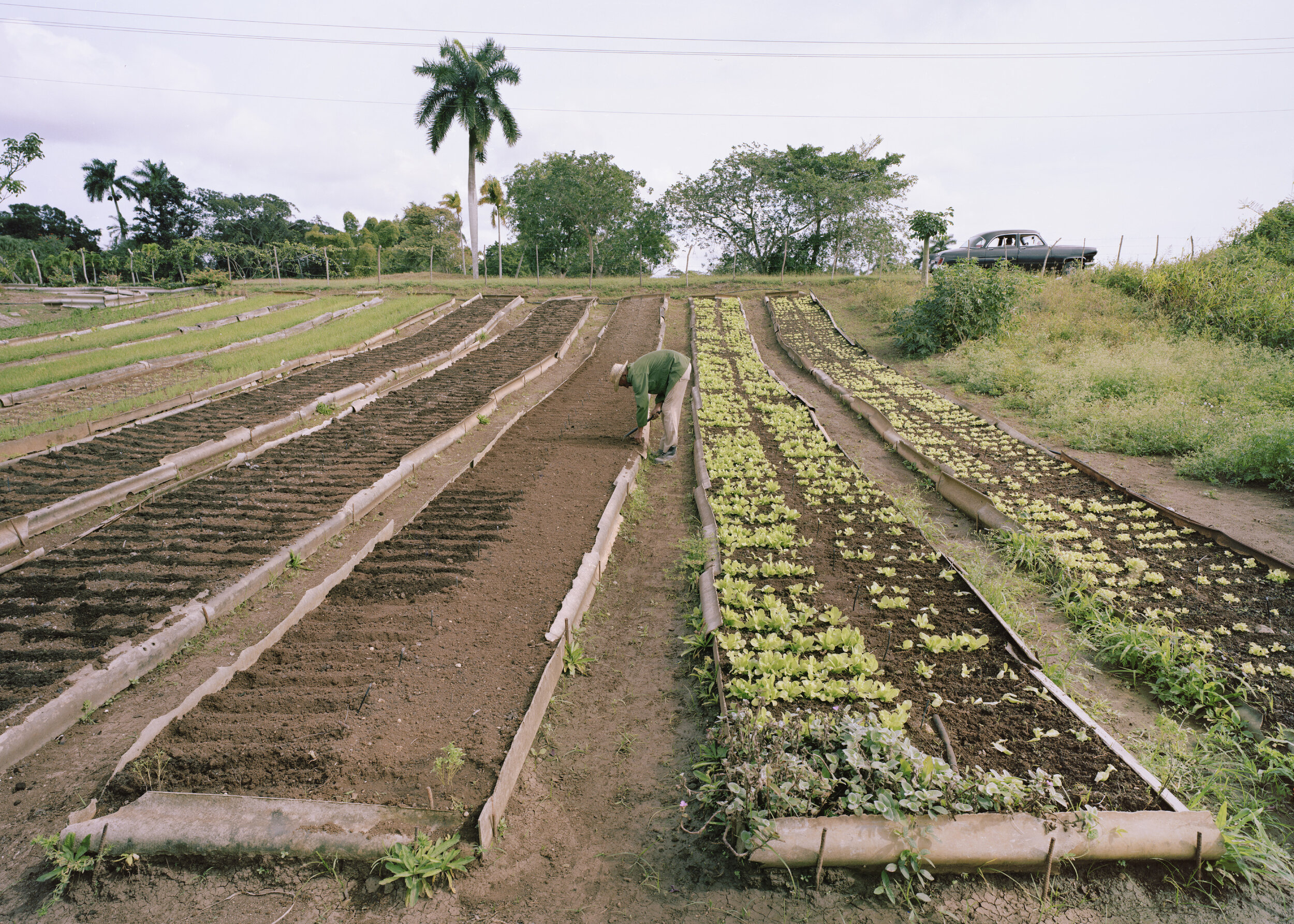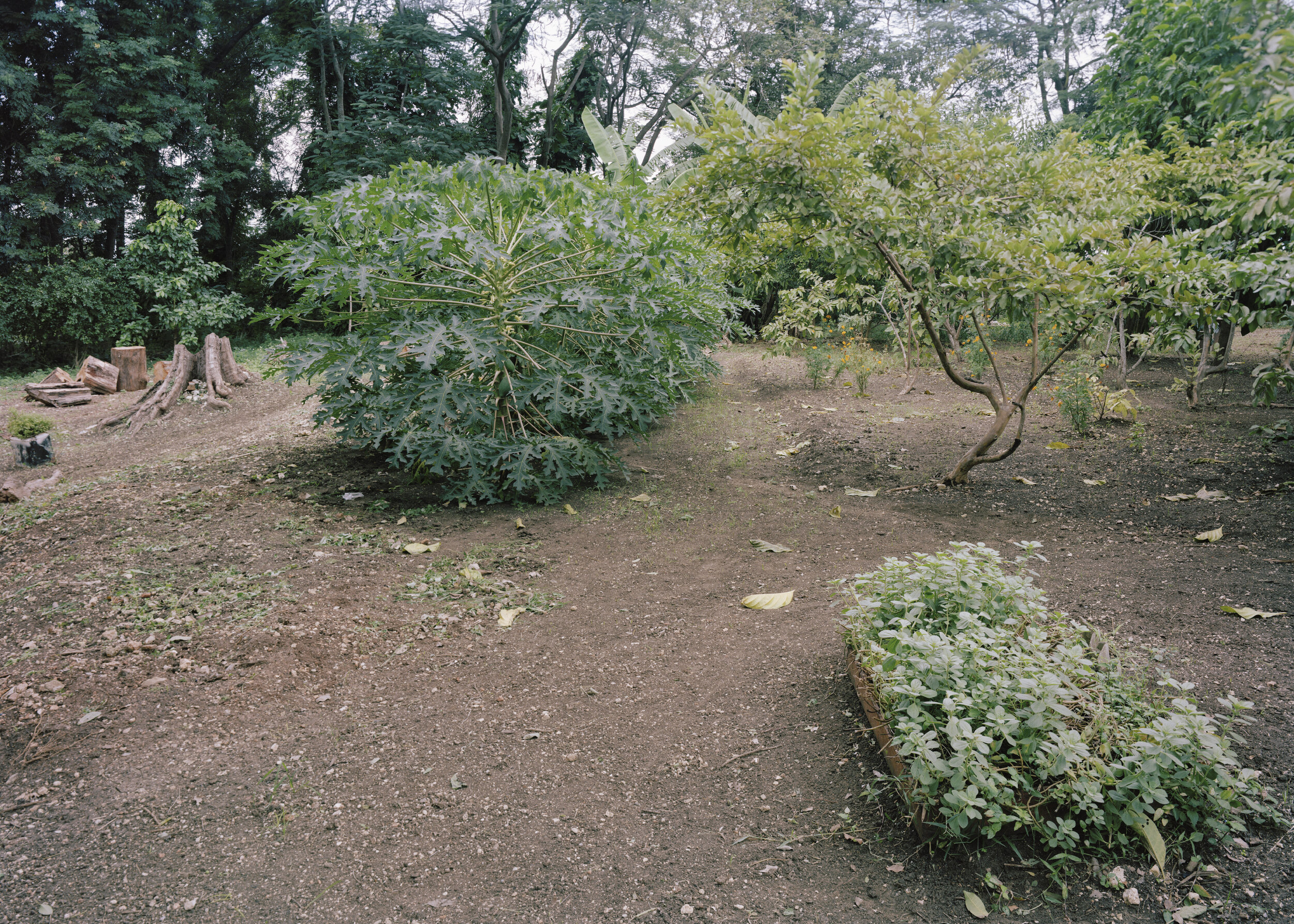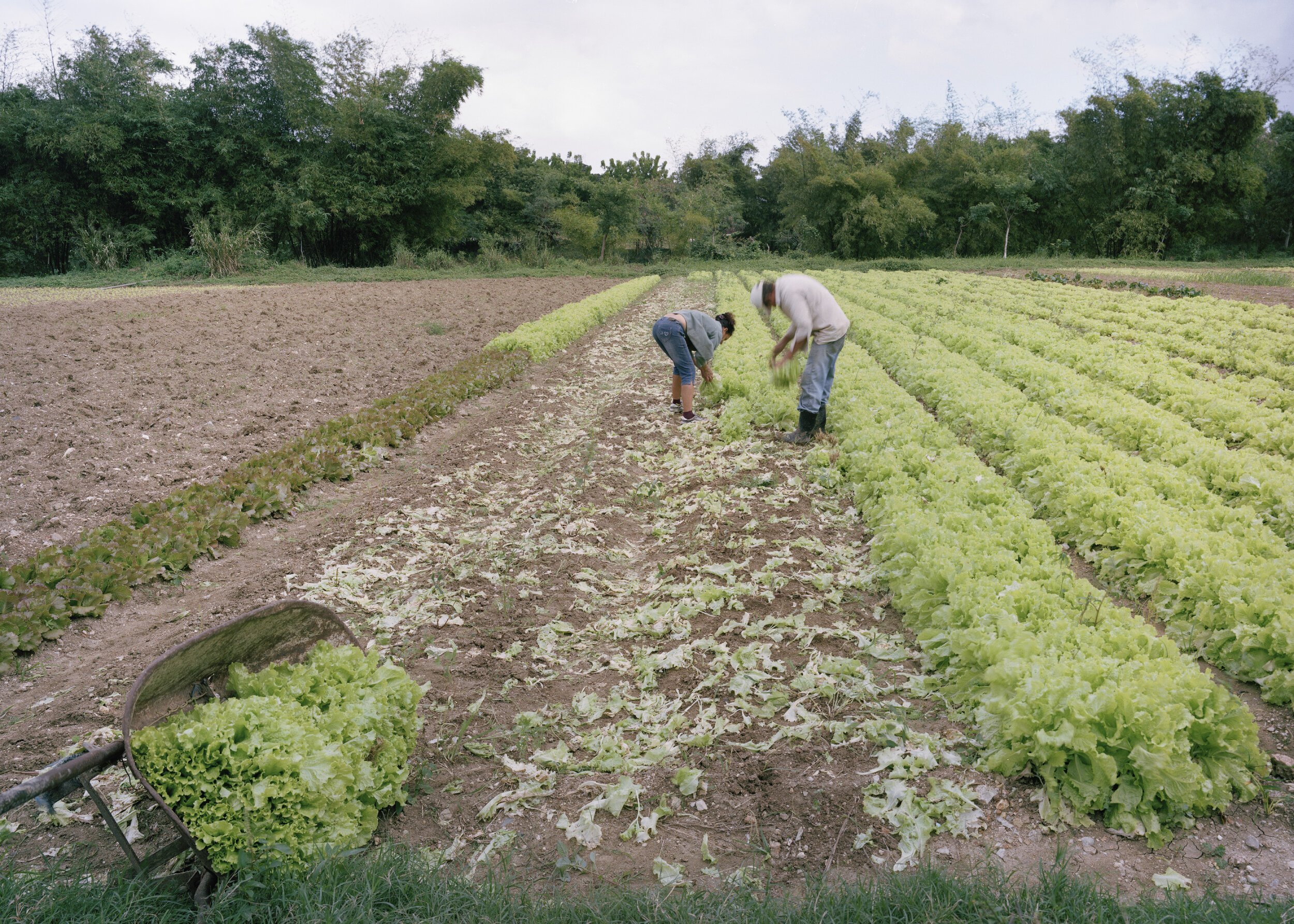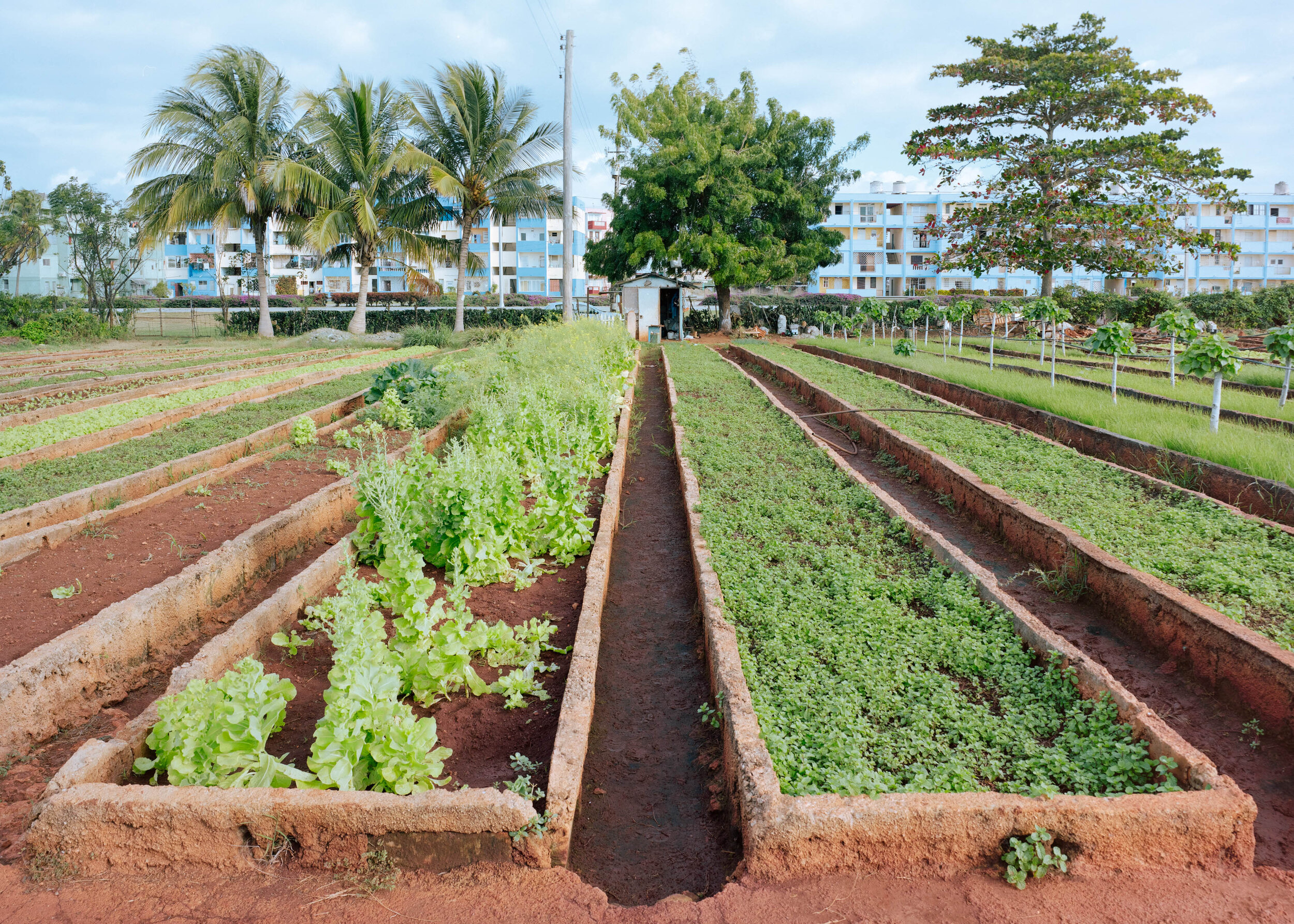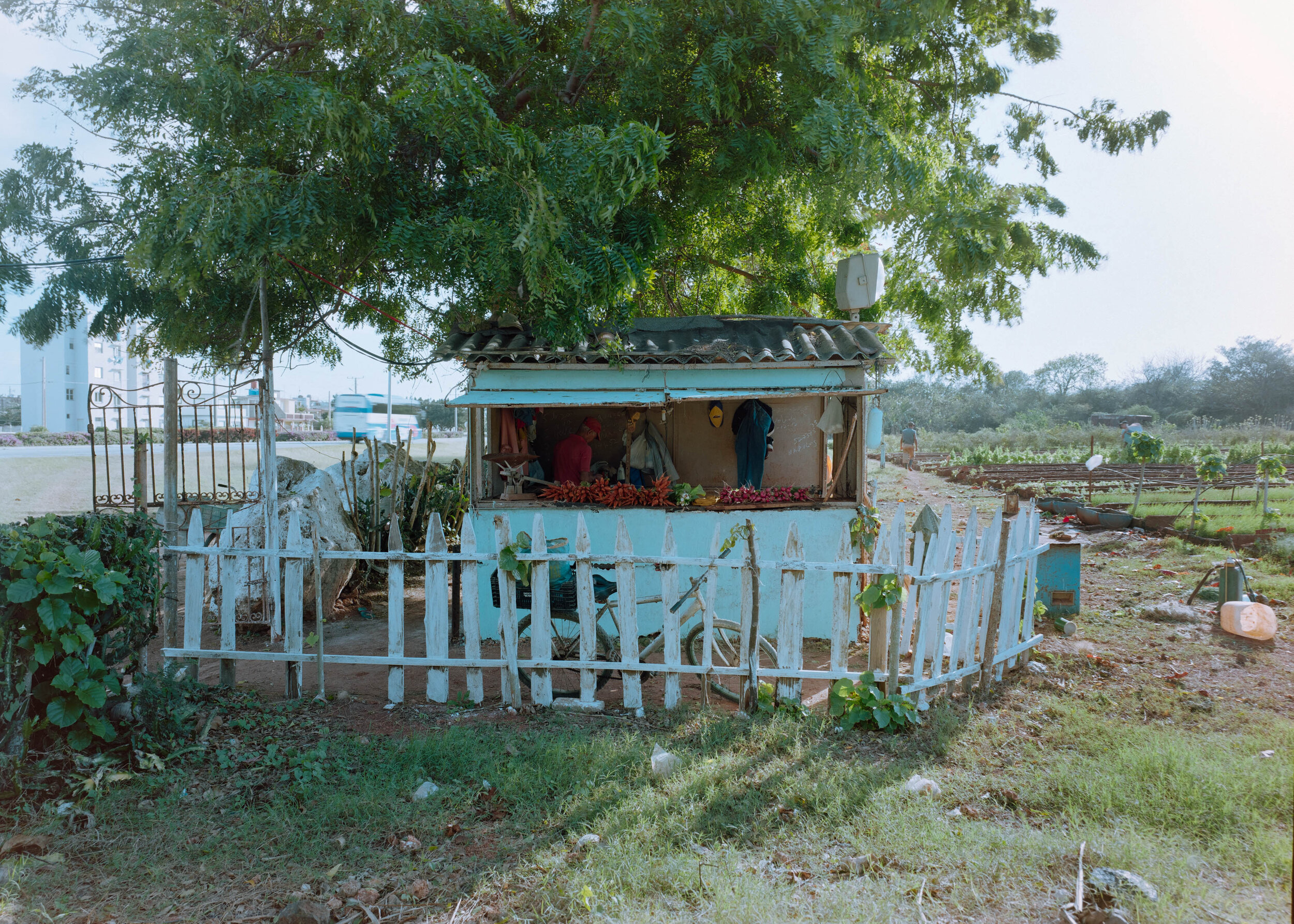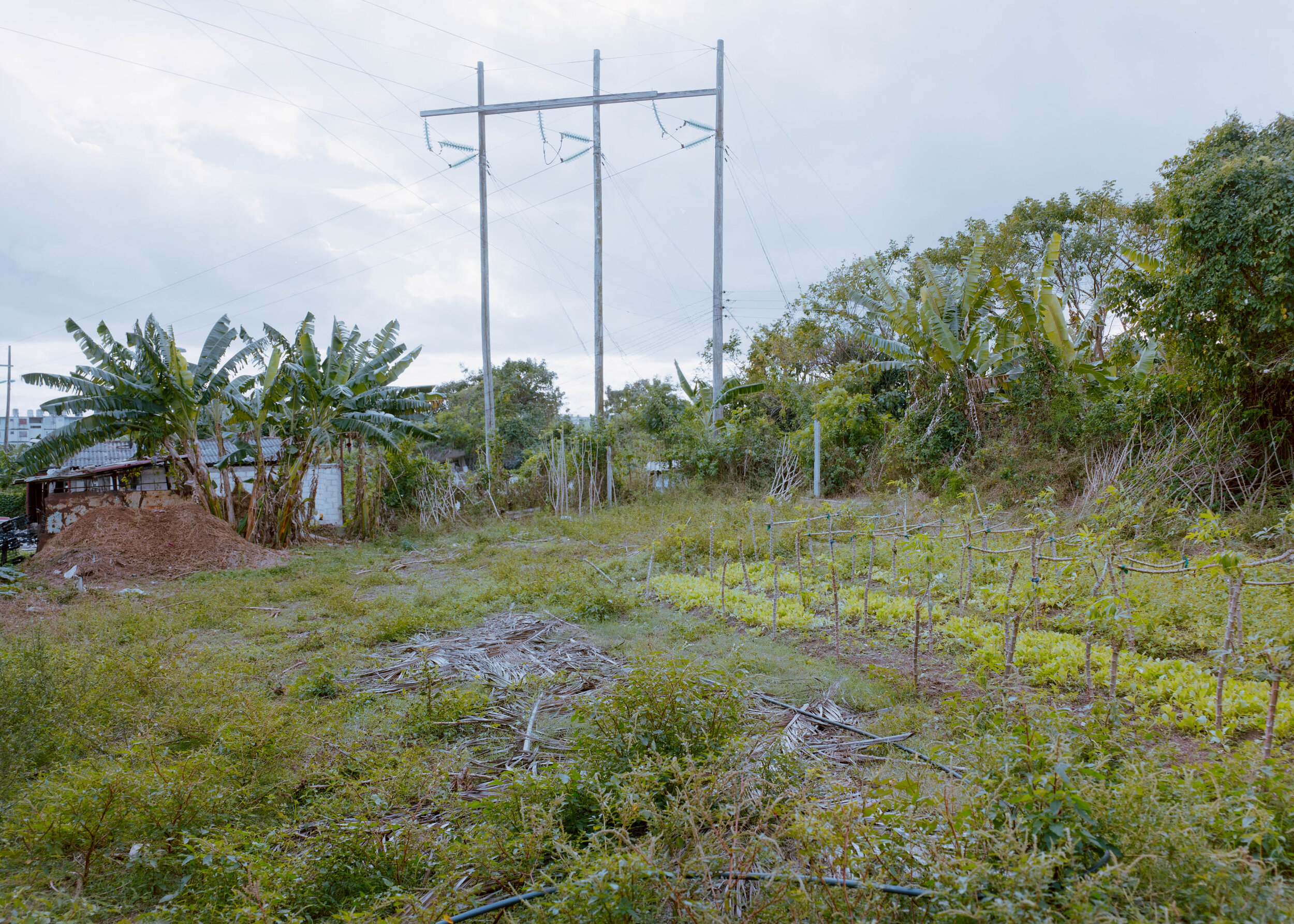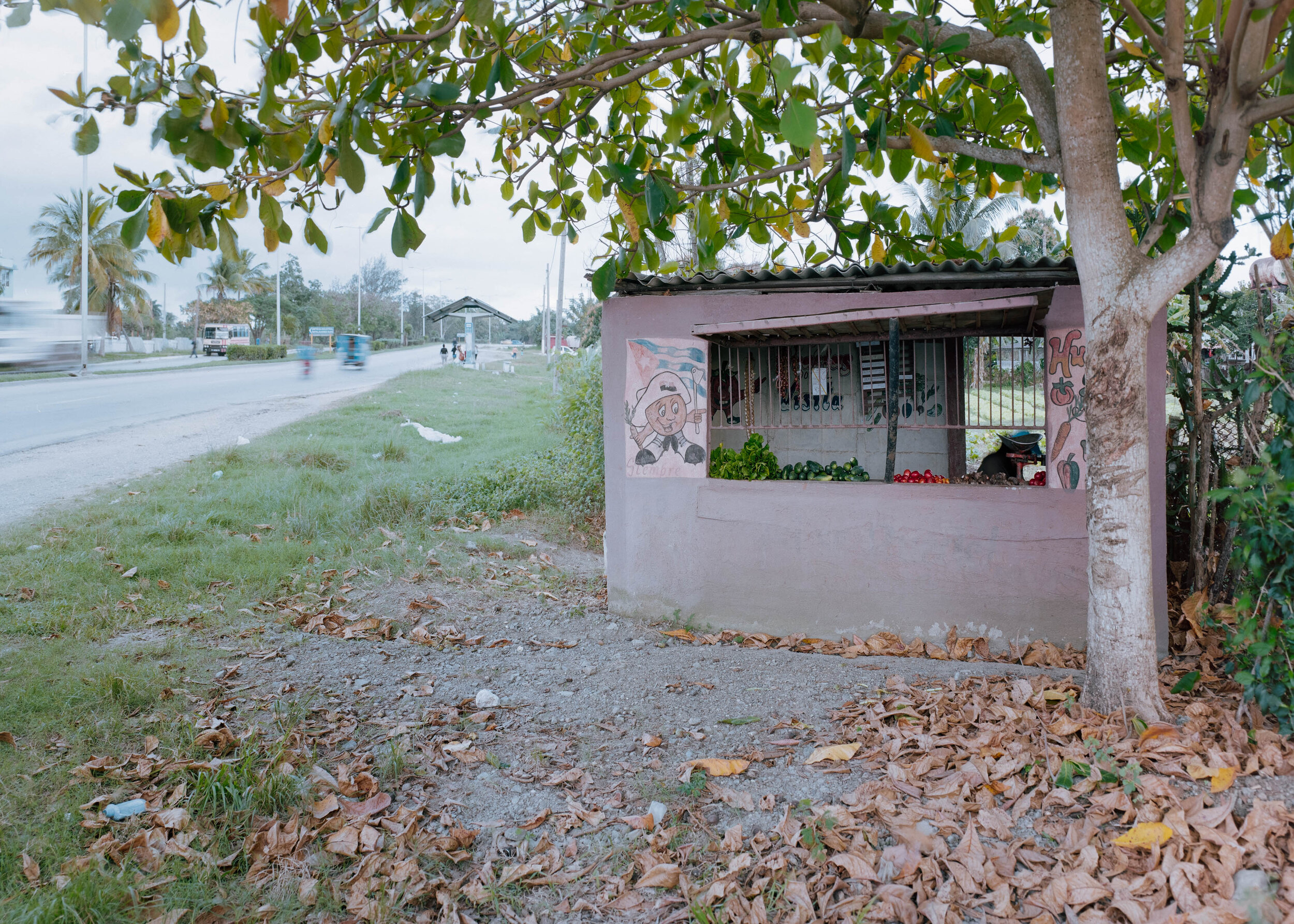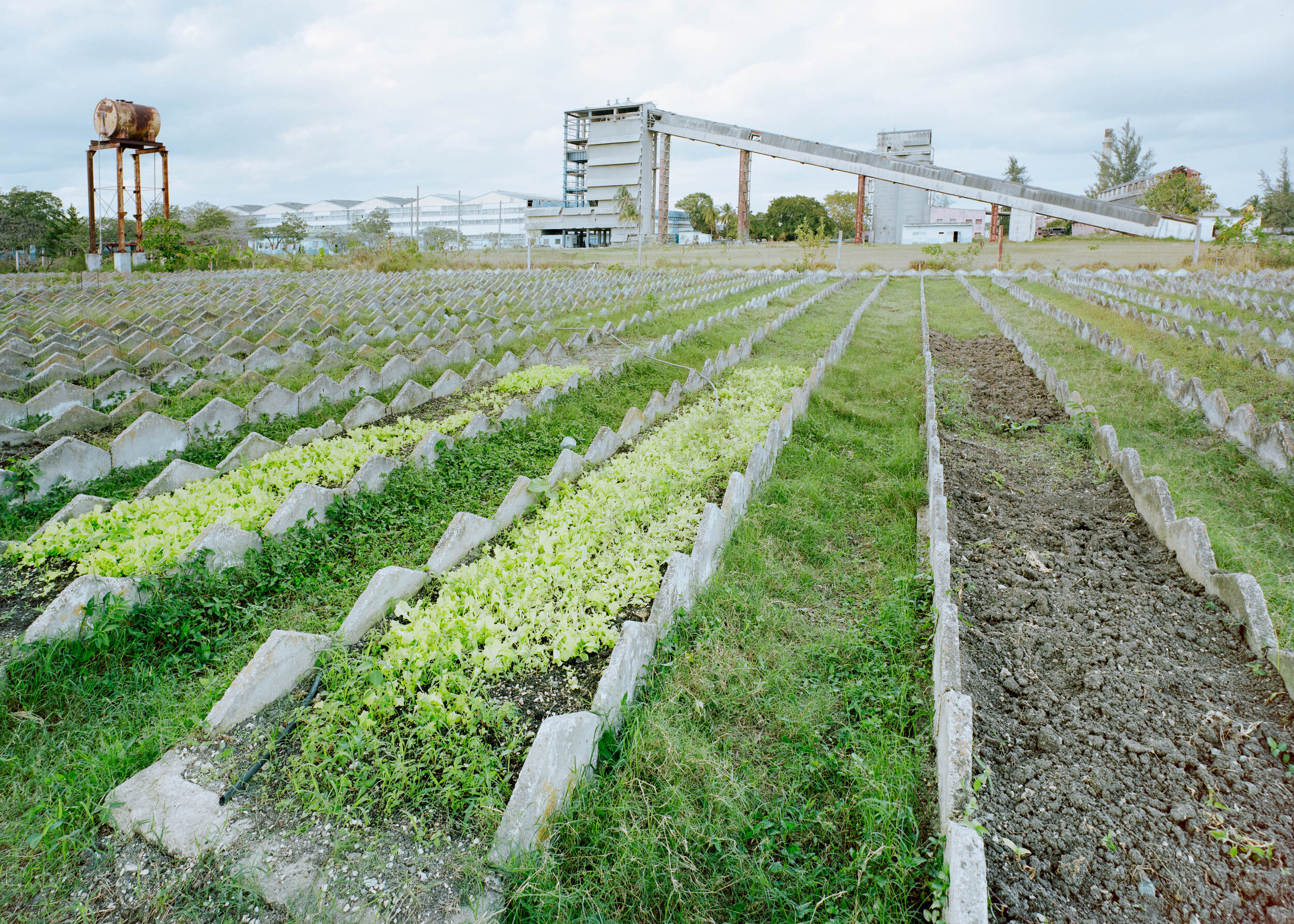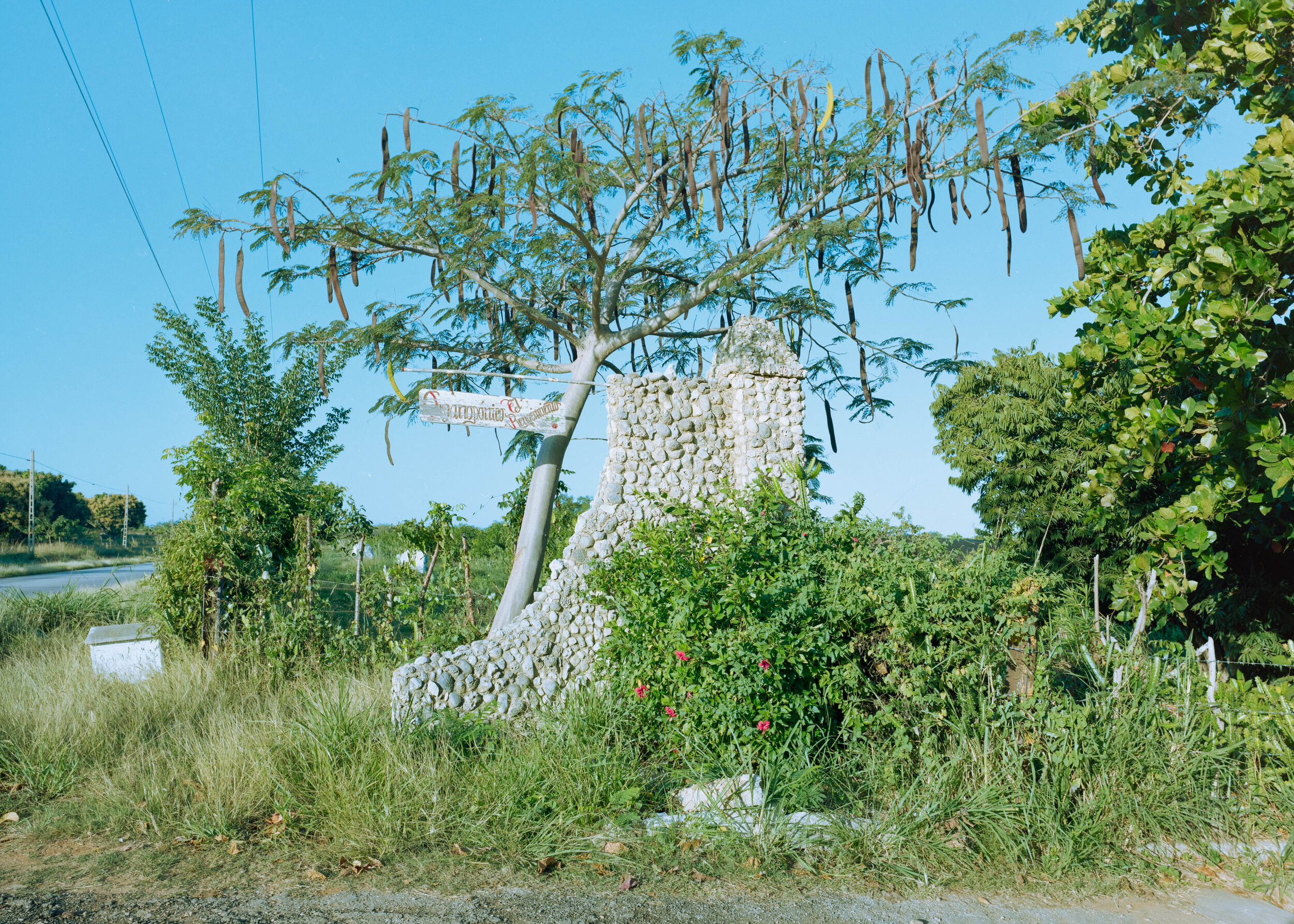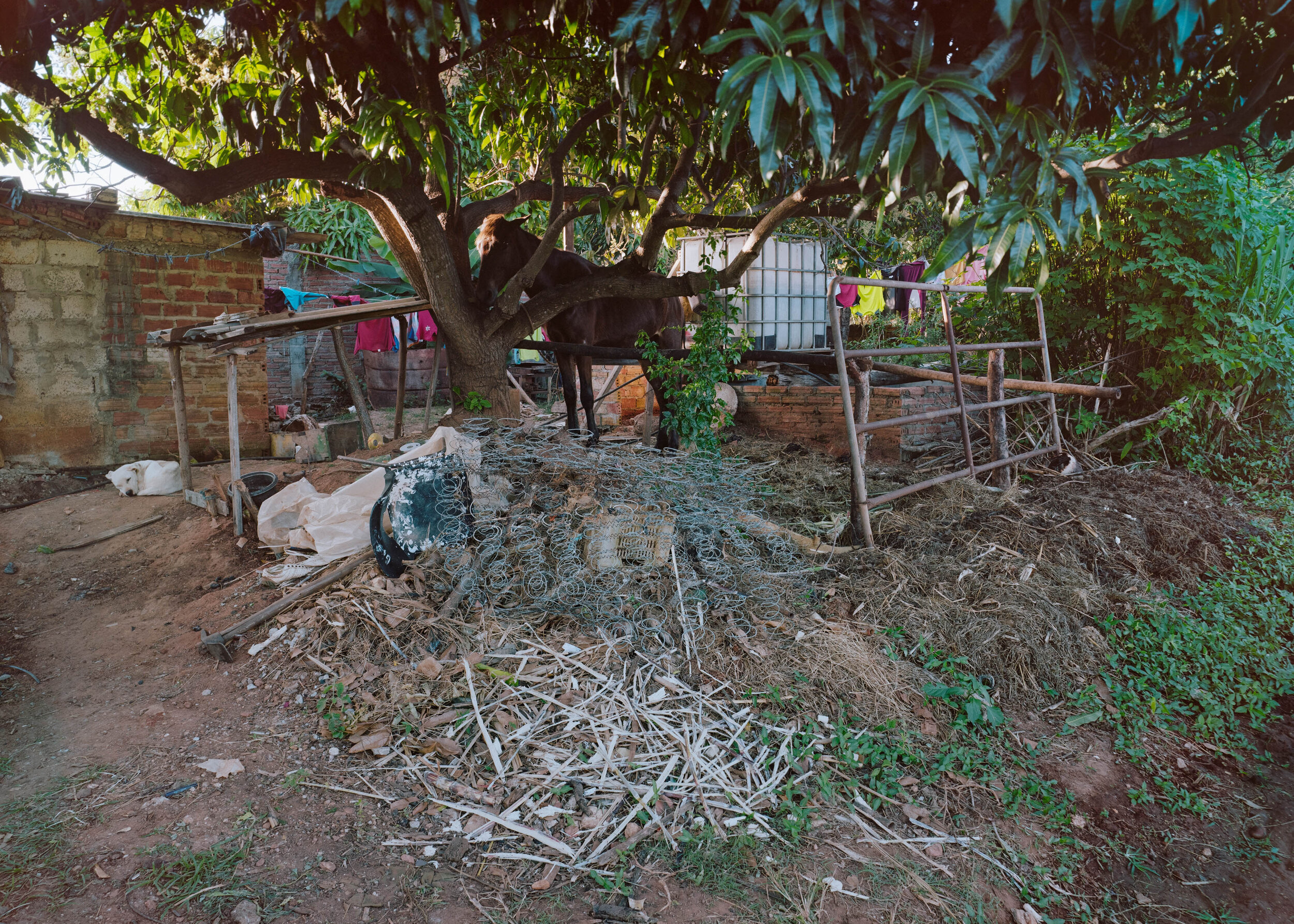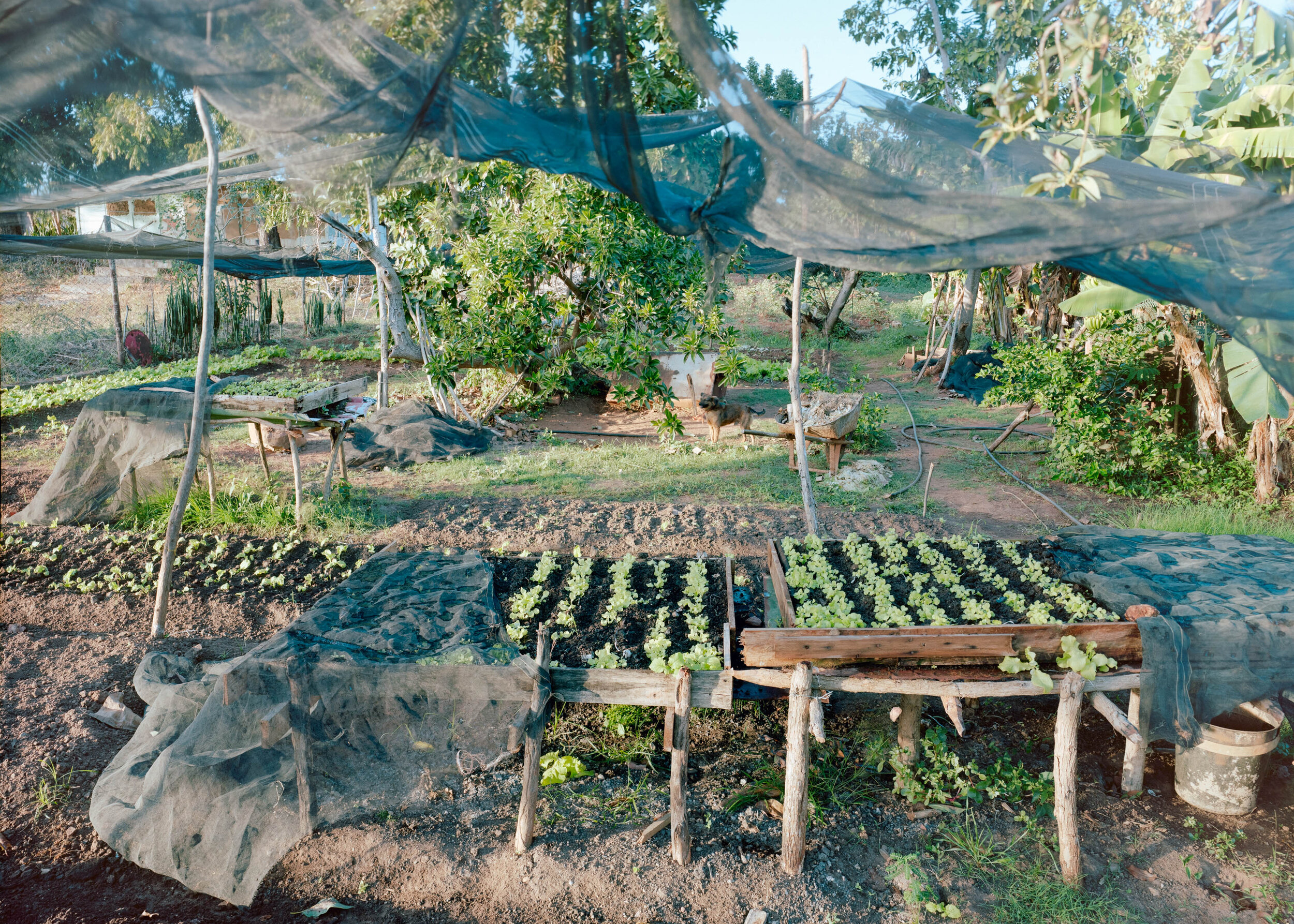This post is part of a series by Todd Forsgren on his project Post-industrial Edens — photographs or urban and community gardens worldwide, which has been ongoing since 2004.
This past January, I spent ten days in Cuba working on a project that I haven’t talked about yet in the context of Atlantika… a series I call Post-industrial Edens. I’ve just finished scanning and editing that film, so for my first blog post of 2020 I’m going to start by telling you a bit about the series in general and the context in which I’m traveling to Cuba to photograph. This will be followed by several more blog posts in the coming weeks that describe other places I’ve photographed for this project.
Post-industrial Edens is an attempt to make a global survey documenting urban and community gardens. I've traveled widely across the USA, Europe, Mongolia, Japan, and Cuba. I have actually been working on this project since 2004, and I have visited Cuba to work on it four times (in 2005, 2006, 2014, and 2020).
In these seemingly humble spaces I find an enticing edge of our culture: gardens are a formal, conceptual, and practical bridge between today’s cities and the wilderness landscapes of our hunter-gatherer ancestors. Some of these gardens are purely utilitarian, such as the subsistence agriculture tied to maximizing productivity, while others are purely aesthetic, i.e. the urban allotments of the developed world which are often made for leisure. But in these spaces, I have found contexts that seem to redefine expectations in terms of what is urban/rural, public/private, modern/primitive, nature/nurture, and global/local.
I’ll talk about the project more generally in some future blog posts, but for now I want to talk about Cuba’s particular type of gardening, called organopónicos. And why I decided to travel to a place more associated with the picturesque colonial architecture and classic cars, and instead make pictures of vegetable gardens. (Writing this today, I feel a bit like Bernie Sanders at the recent presidential debate, because I’m suggesting that Cuba does do some things admirably because of their unique geopolitical isolation, and these gardens are something that we can all learn from.)
Cuba’s organopónicos began in the early 1990s. International political changes made it impossible to maintain large-scale mechanized agriculture, as former trade relations could no longer provide the machine parts or fertilizers needed to run the expansive Soviet-style farms. Other challenges, notably the US trade embargo, also greatly restricted new economic development. The era was dubbed “the Special Period” due to the extreme hardships Cubans faced and unique solutions they found to solve these challenges.
In response to food shortages, Cuba developed an expansive top-down system of small-scale agriculture programs with incredible success. One of the most effective programs is the organopónicos. Vacant lots in urban areas have been transformed into intensive organic farms. Using a combination of traditional organic gardening methods and new innovations developed to conquer the challenges of farming in cities, these gardens have flourished across the country and now supply an estimated 60 percent of Cuba’s fresh produce.
Beyond the organopónicos, diverse initiatives touch on many areas of agricultural development. One focuses on providing fresh flowers, with a goal of five dozen per Cuban per year. The popular rice program has allowed Cubans to grow rice in limited areas and with less water than large-scale rice farms. Fruit trees are being planted throughout many cities. Programs involving livestock have also been tremendously successful. Perhaps the popularity is in part because many of the programs provide a rare economic opportunity for everyday Cubans, as the gardeners can sell surplus produce after government quotas have been met.
The Cuban food program is a remarkable experiment in agriculture, showing that sustainable methods can be used effectively on a national scale. It has also demonstrated that these programs provide a wide variety of benefits, from increased food security and urban beautification to the promotion of public health. The entirely organic methods, diverse programs, and community-based approach sometimes gives each a unique and personal touch to these incredible examples of an effective “slow food” movement.
